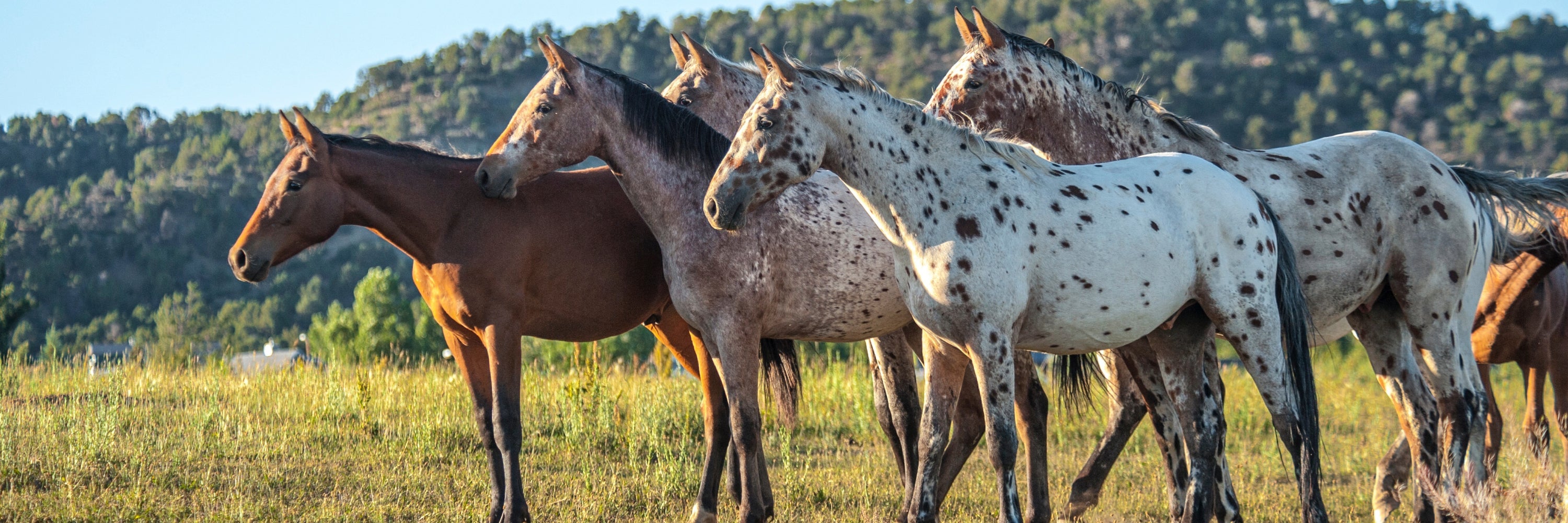
Everything You Want to Know About Dappled Horses
Shop Natural Horse Supplements
Article Outline
- What are Dapples on a Horse?
- What is a Dappled Horse?
- Introduction
- Dapple Grey Horse, What are they, Why are they so popular?
- Does Grooming Affect Horse Dapple?
- Genetics for a Dappled Horse
- Why Chestnut Horses Cannot Dapple
- Grey Horses Dapple Differently
- The Silver Dapple Gene in Horses
- Epi-Genetics and How it Applies to a Dappled Horse
- The Epi-Genetic Factors for Expressing the Dapple Gene
- Role of Nutrition in Dapple Expression in Horses
- The Three Pillars for Proper Equine Nutrition
- Equine Nutrition for Soft Skin and Shiny Coats
- Step-by-Step Guide for Helping your Horse Dapple
- Conclusion
- Resources
- Appendix A - Headley Holistics Feeding Program Details and Information
Article Summary
The ultimate guide to dappled horses. The role of genetics, which horse breeds have the dapple gene. How the environment impacts dapple gene expression and a Step-By-Step Guide to helping your horse thrive.
What are Dapples on a Horse?
Dapples on a horse are an outward sign of an internal abundance of health. No amount of shampoos, washes or sheen products will help your horse dapple.
Genetics play a critical role in dappled horses. More importantly, there are environmental factors that will encourage your horse to express their “dapple gene” if they have it.
Dapples on horses are patterns of coat coloration typically circular in shape. They often look like spots or clouds of slightly lighter or darker colored hair compared to the horse's base coat color. Dapples can appear across the whole body or just in a specific area.
In this article we discuss everything you need to know about dapples in horses. How horses form dapples, the genetic component of dapples and how to help your horse dapple.

What is a Dappled Horse?
A dappled horse is not a particular breed of horse, instead, a dappled horse is one that presents those beautiful and often sought after unique coat coloration patterns. Dapples on a horse are typically identified as circles or spotting on a horse's coat that are slightly different in color from the base coat color.
Dapples on a horse are limited to horses with the “dapple gene” but, just because your horse's breed inherently carries these genes, does not guarantee they will display this unique coat coloration. Horses will only present dapples when these specific genes are “turned on.”
Activating (or deactivating) genes is the science of epi-genetics.
In this article we will give a high level overview of epi-genetics, how it relates to your horse, dapples, and actionable steps you can take to create an environment for your horse to thrive, dappled and all.
Introduction
My first introduction to dappled horses goes way back to my childhood and my earliest visit to the county fair. Sitting in the wooden stands I was amazed by the hitched teams of draft horses that circled the arena, weaving patterns in the sand while expertly avoiding orange course marking cones. They were bays and blacks, but it was the dappled greys that really stood out and caught my eye as they passed. In my childish naiveté, I thought that these stunning grey horses with the cloud-like patterns painted on their skin were a breed all their own—Dappled Greys. It wasn’t until some years later when I really got into horses that I understood that those stunning dapple-grey horses I fell in love with in my youth, were Percherons, and that any horse can display dapples depending on underlying coat color, genetics, and the overall health of the horse.

Dapple Grey Horses, What are they and Why are they so popular?
The elusive dapple grey horse is arguably one of the most beautiful horses you will ever see. Don’t get me wrong, I love all horses and think they are all beautiful, magical creatures. But there is something about the eye-catching contrast in colors and the alluring aesthetics of a white mane and a rich grey coat with white dapples that just holds a certain level of fondness and majesty for me.
If you are looking for your own dapple grey horse, there is a trifecta of factors that will need to align. It begins with a breed of horse that inherently carries the dapple gene plus carries the genes for a grey base coat color.
The horse breeds most likely to hit these first two benchmarks are Andalusian, Lipizzan or Percheron. All three of these breeds inherently carry the dapple gene AND are predominantly grey in color.
While not as common, it is still possible to have a dapple grey that is a Thoroughbred, Arabian, Oldenburg, Hanovarian or Standardbred.
The last element required to achieve that beloved dapple grey is really the crux of this article, how to help your horse activate their “dapple gene.” Keep reading, we will share some basic education on the science behind activating genes as well as an actionable guide to help your horse dapple and shine.

Does Grooming Affect Horse Dapple?
Short answer is no, not directly. Grooming alone cannot bring out dapples in horses that do not possess the genes to produce them. But, horses that do possess the genes, are healthy, have proper nutrition and are happy will present with dapples and grooming will certainly help those dapples pop!
A good grooming session doesn’t just remove dirt and stains from your horse’s coat. In fact, and more importantly, those brushstrokes will stimulate circulation and distribute skin oils, while also relaxing your horse, which in turn encourages the release of those feel-good endorphins. Your horse will not only be dazzlingly shiny, but you’ll be able to spot those dapples from yards away as your horse contentedly grazes nearby.

Genetics for a Dappled Horse
The most important factor in determining which horses will present with dapples is genetics. If your horse does not possess the appropriate gene framework, there is nothing you can do to produce dapples. The following horse breeds possess the right combination of genes to support a dappled coat:
- Percheron
- Thoroughbred
- Quarter Horse
- Arabian
- Andalusian
- Lipizzan
- Oldenburg
- Hanovarian
- Standardbred
Scientists have yet to narrow down the exact gene(s) responsible for dapples, but they are confident that genetics play a role.
Genes influence the expression of pigments in hair and it is the amount and combination of these pigments in the shaft of each hair that determines hair color. There are two primary pigments that are responsible for horse hair color and it is the combination of these pigments that drives expression:
Eumelanin: Pigment responsible for black and brown hair color.
Phaeomelanin: Pigment responsible for red and yellow hair color.
Why Chestnut Horses Cannot Dapple
For most horse coat colors (chestnut excluded), dapples result from variations in the patterns of red and black pigments along each hair shaft. There must be both eumelanin and phaeomelanin present for dapples to form, and because chestnut-colored horses can only produce phaeomelanin, you will probably never see dapples on a chestnut horse.

Grey Horses Dapple Differently
But what about those beautiful greys that I originally fell in love with? The formation of dapples in grey horses is different and is believed to result from variations in the arrangement of melanocytes (pigment-producing cells) in the skin and hair follicles.
Because grey is a progressive coat color, foals are typically born with another coat color, black being the most common. In these horses, white hairs will begin to appear shortly after birth, starting around the eyes, progressively spreading until the horse has greyed entirely. (1) As horses progress through the greying stages, white dapples will begin to appear and will become more noticeable as time goes by.

The Silver Dapple Gene in Horses
There is another variation of coat color that can be found in horses that results from the presence of the silver dapple gene. This gene alters the way black pigment is expressed in the hair, but does not affect red pigment expression. Horses who carry the silver dapple gene will typically have a reddish-brown or chocolate coat color with a contrasting silver or grey mane and tail and will often present with cream or flaxen dapples.
Epi-Genetics and How it Applies to a Dappled Horse
Epi-genetics, in its simplest form, is the study of how environmental factors can “turn on” or “turn off” genes.
Whether it be horses, humans or basically any living thing, we all have a large array of different genes, for humans it's 24,000. Think of these genes as blueprints. These blueprints guide the formation of structures and influence bodily functions; everything from bone growth to hair color, muscle development to finger nail (or hoof) growth, even the predisposition to certain diseases or athletic prowess.
All of these genes need an “on” and “off” switch. Imagine if the genes for leg bone growth never turned off, your bones would grow forever, your legs would grow until your muscles couldn't support you and you’d collapse.
Even if you don't have a science background, it makes sense intuitively that these blueprints, or genes, need a regulating system that guides and organizes when certain genes are turned on and when they are turned off. The science of THAT regulating system is what is collectively known as epi-genetics.
As we just learned, horse dapples are dependent on the horse having the “dapple genes.” But clearly, not every thoroughbred, percheron or quarter horse has a dappled coat 365 days a year, so there must be something else at play that influences when these dapple genes are expressed or not.

The Epi-Genetic Factors for Expressing the Dapple Gene
There are several environmental factors that influence whether or not your horse will activate their dapple gene: The Season, Proper/Balanced Nutrition, and Mental Health are the big three.
Think about it like this, the dapples on a horse's coat have nothing to do with their survival. Dapples won't help them run faster or have a stronger immune system. Instead, dapples are an outward sign of an abundance of health internally, they are the icing on the cake, that extra little flare.
For example, If a horse is constantly anxious, stressed, generally unhappy or unstimulated, that mental stress and fatigue is a drain on their system. That psychological drain requires energy, resources and holds them back from achieving that internal abundance of health. In turn, this mentally unhealthy horse will likely not be resourced enough to express their dapples.
We give some specific examples of how you can help your horse improve or maintain their mental health in our Step-by-Step Guide below.

Role of Nutrition in Dapple Expression in Horses
Your horse's diet and nutrition are hugely important for not only your horse's overall health and wellbeing but also as an epi-genetic factor that “turns on” the dapple gene.
Whether you care about dappled horses or not, the goal should be an abundance of health. Proper nutrition and a healthy diet is one critical step to building resilience in your horse and helping them not just survive but thrive.
Horses' coat and skin health, like every other organ system and function, is greatly impacted by the quality and completeness of their daily nutrition. Below, we will cover general information regarding healthy horse nutrition, with a specific focus on horse coat and skin health. If you need specific guidance or recommendations, contact someone who is knowledgeable, experienced and can give you personalized recommendations.
The Three Pillars for Proper Equine Nutrition
There are three pillars for proper horse nutrition:
1) The right amount of nutrients and balanced nutrition;
2) Providing the nutrients in a way they will be used, not wasted; and
3) Minimizing unintended, harmful compounds. (i.e. toxic agricultural chemicals and heavy metals).
Most people stop at the first pillar and wonder why their horse never thrives despite feeding complete feeds, ration balancers and various other pelleted and powdered supplements. Let’s talk about each pillar one at a time.
Pillar #1, The Right Amount of Nutrients
It is worth noting that over supplementing nutrients can have damaging, even toxic effects. It’s best to keep track of all of the food sources and their nutrient content. Balance is key.
Nutrition can be broken down into two broad categories: Macro-Nutrients and Micro-Nutrients. Protein, Carbohydrates, Fats and Fiber are all macro-nutrients.
Note: technically, carbohydrates are considered a macro-nutrient but generally speaking horses do not need much in the way of carbohydrates to be healthy. In fact, too many carbohydrates (especially high glycemic index carbs) is correlated with insulin resistance, metabolic dysfunction, inflammation, laminitis and other health challenges in horses. (2)
Vitamins and Minerals are micro-nutrients. You can tell based on how they are measured, macro-nutrinets, like protein and fat, are measured by the gram, whereas micro-nutrients are measured by the milligram or even microgram.
For most horse owners, feeding the right amount of protein, fat and fiber generally isn’t the hard part, it is the vitamins and minerals that need special attention.
Note: we prefer a forage-based diet that begins with high quality hay as the centerpiece. We share our preferred nutrition plan below in the “Step-by-Step Guide for Helping Your Horse Dapple.” We also cover why we do not recommend complete feeds or most commercial supplements in pillars 2 & 3.
Vitamins and Minerals for Healthy Horse Coat and Skin
Minerals for horses can be broken down into 2 categories: trace minerals and macro-minerals. Similar to before, these categories simply reference the relative quantity a horse needs in a balanced diet.
The trace minerals that are generally accepted as critical to healthy skin and coat are:
- Copper
- Zinc
- Cobalt
- Iodine
- Manganese
- Selenium
Macro-minerals are also important for overall health and dapple expression. These minerals are considered “macro-minerals” because these nutrients are needed in a relatively larger quantity.
The primary macro-minerals are:
- Calcium
- Phosphorous
- Magnesium
- Potassium
- Sodium
- Chloride
Vitamins are essential organic compounds that play critical roles in the health of all animals, including horses. Several vitamins are essential for optimal skin health and a shiny coat. These essential vitamins include:
- Vitamin A
- Vitamin D
- Vitamin B complex
- Vitamin E
Essential Fatty Acids for Healthy Skin and Shiny Coat
Fat is typically considered to be a macro-nutrient but essential fatty acids are a bit different and are often misrepresented.
You might know the essential fatty acids by their other names, Omega-3, Omega-6 and Omega-9 fatty acids. These specific forms of fat are called “essential” fatty acids because the body requires them for healthy function but the body cannot make a sufficient quantity of these nutrients on its own. Thus, they MUST be consumed in the form of food.
The Omega fatty acids are often misrepresented. It is common to hear that Omega-3’s are healthy and Omega-6's are not. While it is true that Omega-3’s are naturally anti-inflammatory and Omega-6’s are pro-inflammatory (3). The truth is both are ESSENTIAL for healthy function.
The ratio or the balance of all three essential fatty acids is key for optimal health. Omega 3, 6 and 9 all serve a unique role in healthy function and when they are in correct balance or in the correct ratios, that is when optimal health and function emerges.
You will often hear that Omega-3 supplements are essential for healthy skin and shiny coats. This is true, but not because Omega-3’s are the ONLY important essential fatty acid. The reality is the typical diet already contains adequate levels, often too much, of the Omega-6 fatty acids and supplemental sources of Omega-3’s are required to bring the total fatty acid ratios into balance.
Pillar #2 - Nutrient Delivery and Absorption, Minimizing Waste
We went into great detail about nutrient absorption and optimal supplementation in a previous blog article about The Best Horse Hoof Supplements. Here is a brief overview.
The short answer is just because the nutrients are listed on the label, does not mean your horse will actually reap their benefits.
Complete feeds, concentrates and most commercially prepared supplements use synthetic, lab-made vitamins and minerals. Despite the assumption that these artificial nutrients offer the same benefits as their naturally occurring counterparts, the reality is most of these nutrients are never actually absorbed by the horse. Meaning most of all those supplement powders and pellets you are feeding are being excreted before they ever reach the cells of your horse. You are basically paying for expensive urine and manure.
Expensive Manure?
Without going into too much detail, a healthy GI Tract has the ability to distinguish between whole food and artificial nutrients. Whole food nutrition is absorbed into the bloodstream while most of the fake stuff is excreted before it ever enters the body.
Wholefood Matrix
Food and nutrition is more complicated than we are led to believe.
For example: In order for one vitamin to carry out all of its potential health benefits, it needs a symphony of other cofactors, enzymes, phytonutrients and synergists. The entire matrix of substances need to be present and in sufficient quantity for the targeted vitamin to do its job properly.
Whole foods and superfoods contain this essential complex matrix of substances, naturally. Commercial vitamin and mineral supplements contain lab-made vitamins and minerals that are isolated all by themselves. Most commercial supplements do not contain the entirety of the matrix that is essential for proper absorption and optimal function.
In our previous blog article Hoof Supplement for Horses - Deep Dive I used an orchestra analogy: Proper nutrition with whole foods and superfoods is like listening to a full orchestra accompaniment with all of the instruments playing in perfect unison. Commercial vitamin and mineral supplements are like listening to just one, single violin.
Pillar #3 - Minimize Unintended, Harmful Compounds
The third and final pillar in optimal equine nutrition is to minimize and eliminate agricultural chemicals and heavy metals. This is perhaps the most ignored and least understood factor in horse nutrition. This is a large topic that deserves its very own blog article all on its own (stay tuned for that.) In the meantime, here is an overview.
The unfortunate reality is the food supply in America is heavily contaminated with toxic agricultural chemicals and dangerous heavy metals. The food supply chain for humans is bad but our animals food supply is even worse. The damaging effects of these contaminants are far ranging.
For example: Glyphosate, the most widely used agricultural chemical in the United States, has a primary action of disrupting a plants ability to create essential proteins, killing plants and thus functions as an herbicide (4).
The problem is Glyphosate affects more than just plant protein synthesis. Glyphosate is also known to destroy healthy gut function in animals and humans (4). Glyphosate also disrupts the uptake of essential nutrients in both plants and animals (also humans).
Putting all of this together, this one chemical destroys healthy gut function in animals leading to inflammation, food sensitivities, bioaccumulation of toxins, impaired neurological function (“brain fog”), and the list goes on.
Simultaneously, glyphosate stops plants from absorbing healthy nutrients from the soil, starving the plants of the nutrients they need in order to create the nutrients we and our animals need and should be getting from the plants/crops we consume. Meaning the plants that our animals are eating likely do not contain the nutrients they are supposed to. They are hollow shells, a facade.
And once ingested, glyphosate prevents our animals from absorbing whatever nutrients have actually made it into their system. This being a primary factor in the emerging paradox in the western world of Obesity and Malnutrition. This 11 min video featuring Dr. Zach Bush, MD is a great resource to get you started if you want to learn more.
The unfortunate reality is this agricultural chemical is everywhere. Glyphosate levels in urine tests of Americans are 10 times higher than our European counterparts (5). In 2014, a study found dangerous levels of glyphosate in 70% of household drinking water and levels found in women's breast milk were 740 - 1600 times higher than what is allowed in the european drinking water directive (5). Glyphosate has also been detected in over 80% of the rainwater in the United States. This agricultural toxin is unavoidable in America.
As scary and dangerous as those test results are for humans, our animals’ food supply has even higher concentrations of these toxic chemicals than human food.
As we started to dig deeper into agricultural chemicals and heavy metals, we learned that complete feeds and formulated concentrates contained the highest concentration of these toxins.
How can we hope for our horses and animals to thrive when they are ingesting these dangerous chemicals and toxic heavy metals with every meal? This is the primary reason why we no longer recommend or feed our horses complete feeds or formulated concentrates.
After years of research and lots of trial and error, we have arrived at a daily nutrition program that supplies our horses with optimal levels for all of the nutrients they need. Our program prioritizes whole foods and superfoods while minimizing agricultural chemical and heavy metal exposures.
It is sad that we can not completely eliminate the toxic burden for our animals but we have found a way to minimize it. To compensate for the inevitable toxins they do ingest, we created an herbal detox protocol that we give our horses once per year to safely and effectively eliminate any accumulated toxins allowing our herd to thrive. We share our nutrition program below in the Step-by-Step Guide.

Equine Nutrition for Soft Skin and Shiny Coats
Enough with the abstract information and high level education about equine nutrition. Let’s talk specifics.
In our lifetime of experience working with, caring for, training and just loving horses in general, what we are about to share with you is the most remarkable herbal remedy for horses we have ever come across.
These supplements contain the proper nutrients for healthy skin and shiny coats, delivered as a whole food, superfood and NOT a lab-made powder or pellet. Plus, the added benefit of being chemical-free without dangerous toxins or contaminates. They are even USDA Certified Organic!
Organic Black Cumin Seed Press Cake and Organic Flax Seed Press Cake, the superfood 1,2 punch combination that will help your horse dapple if they can and guaranteed to help your horse shine.
Nutrient dense foods like these two seed cakes are an important environmental “trigger” your horse needs to activate their dapple gene.

Well Rounded, Balanced and Complete Nutrition
Just the way nature intended. Zero additives, just pure superfood goodness. These super-seeds are packed with all of the essential healthy coat nutrients your horse needs. They are also rich in and a complete source of potent phytonutrients, naturally occurring enzymes, and the necessary cofactors for maximum nutritional effectiveness.
Highly Absorbable, Nothing Wasted
These herbal remedies work with your horses physiology naturally, the way nature intended. Our seed cakes are uncorrupted whole foods which means every ounce of their nutrition is quickly absorbed by your horse. Nothing is wasted with these seed cakes, unlike those other powders or pellets.
Pure, Potent and Clean
Our Seed Cakes are USDA Certified Organic and 100% Human Grade. Our products are sourced from the most fertile regions of the world and come from local farmers who have been tending their lands in a traditional way for centuries, ensuring our seed cakes are rich in nutrients and free from agricultural chemicals, heavy metals or other contaminants.
Makes Feeding Time Easier and More Affordable
Oh, and the best part, this combination of supplements will:
-Help your horse thrive, from the inside out;
-Make feeding time easier and faster; and
-May save you money on your monthly supplement costs.
Because these powerhouses contain such a wide range of beneficial nutrients, most customers end up eliminating many other redundant supplements. These seed cakes are easy to use and do not require any special storage or preparations. Simply add the correct number of scoops to your horses daily feed, it's that easy!
Picky Horses Love our Seed Cakes
Picky horse owners have no fear. Horse’s LOVE this stuff. We started feeding these products to our horses in 2020 and shortly after, selling them to other horse owners in our community and across the country. In that time, we have yet to find a single horse that didn’t LOVE these seed cakes.
We are so confident you and your horse will love our seed cakes, we have a 30-day money back guarantee. And if you are still not convinced, we are even offering a FREE 2-week supply of our Organic Black Cumin Seed Press Cake for a limited time. (Limit 1-per household, US only.)

Step-by-Step Guide for Helping your Horse Dapple
The following is the exact process we use for our horses and encompasses our whole horse, holistic health ethos. This approach is intended to tend to our horse's needs on every level, nourishing every aspect of the horse and providing them with the opportunity for an abundance of health.
Mental Health
- Appropriate exercise for their age, stage and health status
- This could be everything from regular riding and arena exercise to gentle trail walks from time to time. Choose what is appropriate for the horse.
- Horses are herd animals, they need friends
- This could be other horses, mini’s, goats, sheep, even alpacas or llamas. Horses that are isolated tend to struggle mentally.
- Horses need to be engaged, mentally stimulated and play!
- Consider finding a toy for them to play with. Maybe it's being able to run free in a place other than their usual pasture. Consider using different herbs or interesting smelling things in various water buckets and letting them explore. Finding ways to engage your horse in something that isn’t “work” will go a long way towards helping them achieve positive mental health.
- Last but certainly not least, spending loving time with your horse
- Take the time to bond with them in a context outside of “work.” Grooming them, just sitting and being with them on nice sunny days. Helping them feel loved, connected and safe. This practice comes with the added benefit for you of being immersed in their powerful energetic fields. You will feel better the more you share your energy with them as they share their energy with you.
Nutrition
- Nutrition is a powerful epi-genetic factor for activating the dapple gene. Regardless of the dapple gene, this is the nutrition protocol we follow for our horses and is the product of two+ decades of research and practice.
- Note: See Appendix A with the breakdown and justification for each of our feeding programs ingredients.
- #1 Alfalfa and Teff Hay
- #2 Orchard Grass Hay Pellets, CoolStance Copra
- #3 Organic, Raw, Feed-Grade Apple Cider Vinegar
- #4 Evolved Remedies Organic Black Cumin Seed Press Cake
- #5 Evolved Remedies Organic Flax Seed Press Cake
- #6 Natural Deworming Mix (Food Grade DE, Acadian Kelp Meal, Poly Copper)
- #7 Organic Saigon Cinnamon
Grooming
- As we mentioned earlier in the article, grooming on its own does not affect dapple expression. Grooming does, however, stimulate the feel-good chemicals in your horse helping their mental health. Grooming also helps to stimulate and spread the healthy and natural oils in the horse hair.
Seasons
- Seasons, the ultimate environmental factor, plays a big role in horse dapples. It is rare to see even the healthiest and well balanced horse dapple in the middle of winter in their winter coat. During the shift in seasons, especially the shedding seasons, is a common time for your horse to show off those dapples if they got ‘em.
And just know, if you are doing all of these things and your horse is happy, has a soft, shiny coat, is a good weight and overall healthy, they probably don't have the dapple gene. But, they are living a good life and would certainly dapple for you if they could.

Conclusion
As we have discussed, a good skin and hair supplement alone cannot produce dapples. And no amount of sheens, shampoos or external products will make your horse dapple. You need to take a holistic approach. Seek to provide an abundance of health.
A full mane and tail, shiny coat and dappling is an outward sign of good internal health in your horse, and shows that he is benefiting from effective digestion and proper absorption of nutrients. Because the coat is the last thing the body pours its resources into, a well-fed, well-groomed, healthy horse is more likely to display dapples on their coat.
Horses who are underweight or lacking in proper nutrition often have thin, dull coats.
Keep in mind, though, that the simple absence of dappling does not necessarily mean the horse is not in good health; it may just mean that he does not carry the correct gene framework to produce dapples.
Also bear in mind that dapples are not a static feature; they can change over time, waxing and waning with alterations in the horse’s health and nutrition status, as well as the time of year. Seasonal changes influence the appearance of dapples and horses will often exhibit more pronounced dapples during the spring and fall shedding seasons.
Shop Natural Horse Supplements
Resources
- A.K. Thiruvenkadan, N. Kandasamy, S. Panneerselvam, Coat color inheritance in horses, Livestock Science, Volume 117, Issues 2–3, 2008, Pages 109-129, ISSN 1871-1413, https://doi.org/10.1016/j.livsci.2008.05.008.
- Stefaniuk-Szmukier M, Piórkowska K, Ropka-Molik K. Equine Metabolic Syndrome: A Complex Disease Influenced by Multifactorial Genetic Factors. Genes (Basel). 2023 Jul 27;14(8):1544. doi: 10.3390/genes14081544. PMID: 37628596; PMCID: PMC10454496.
- DiNicolantonio JJ, O'Keefe J. The Importance of Maintaining a Low Omega-6/Omega-3 Ratio for Reducing the Risk of Autoimmune Diseases, Asthma, and Allergies. Mo Med. 2021 Sep-Oct;118(5):453-459. PMID: 34658440; PMCID: PMC8504498.
- Gildea JJ, Roberts DA, Bush Z. Protective Effects of Lignite Extract Supplement on Intestinal Barrier Function in Glyphosate-Mediated Tight Junction Injury. J Clin Nutr Diet. 2017, 3:1.
- Honeycutt Z. Glyphosate testing full report: Finds in American mothers’ breast milk, urine and water. 2014. http://www.momsacrossamerica. com/glyphosate_testing_results. Accessed 2 Aug 2016.
Appendix A
Headley Holistics Feeding Program Details and Information
#1 - Hay and Forage
We use: Alfalfa and Teff Hay.
- This is the bulk of their diet and a primary source of calories.
- High quality hay, tested for agricultural chemicals, this will vary by geography and horse preferences.
- Note: Teff hay can be tricky and ranges in health benefits from great to really poor. Read our Blog Article all about teff hay and what you need to know when choosing the right hay for your horse.
#2 - Concentrates
We use: Orchard Grass Hay Pellets, CoolStance Copra
- We use these feeds as they have the lowest toxic burden and are a good way to supply nutrients, moisture, and calories.
- The quantities of these are adjusted based on horses' needs.
- We use CoolStance Copra for a couple reasons. 1) This product is a high (healthy) fat source and provides cool energy. 2) Because you add water to this feed before giving it to the horse, It is a great way to get moisture and water into the horse. CoolStance Copra will also absorb any powder supplements you add to your horses ration. 3) This feed is high in phosphorus and low in calcium so it pairs perfectly with the alfalfa.
#3 Organic, Raw, Unfiltered, Feed-Grade Apple Cider Vinegar
- Apple cider vinegar has a number of health benefits including helping to normalize gut pH, improving nutrient absorption, as well as prevention of enteroliths.
- Note: you can learn more about enteroliths in a previous video blog post.
#4 and #5 - Evolved Remedies Seed Cakes
- We have already discussed the benefits of these products in the context of improving horse coat and skin health. If you are interested in learning about the other benefits of these superfoods, check out some of our other blogs:
- Best Horse Hoof Supplement
- Natural Fly Control Herb for Horses
- Better Than Flax Oil, A New Kind of Flax Supplement for Horses
- Can Horses Eat Black Cumin Seeds?
- What Makes Evolved Remedies Seed Cakes Different?
#6 Natural Deworming Mix
- This is a formula we have been perfecting for some time now. We are in the final stages of bringing this single scoop, herbal dewormer to our website.
- The unique combination of natural ingredients work together to kill and eliminate worms and parasites safely and effectively. We have not used any chemical dewormers for our herd in over 20 Years. And after the 3rd straight yearly fecal egg test that came back 100% negative, we stopped testing all together.
- The ingredients work to shred and kill the parasites in the larvae stage, while simultaneously paralyzing the mouth parts of the adult worms so they can no longer feed.
#7 Metabolic Maintenance
- Cinnamon, specifically organic saigon cinnamon with at least 4% oil, effectively inhibits the release of ACTH from the pituitary gland. This is a pattern interruption for horses with metabolic issues and is a natural, cheap and effective way to help normalize blood sugar levels and help horses maintain a healthy and balanced metabolic system.
- If you want a more in-depth explanation about cinnamon and other Natural and Herbal remedies for metabolic horses, check out this video blog.

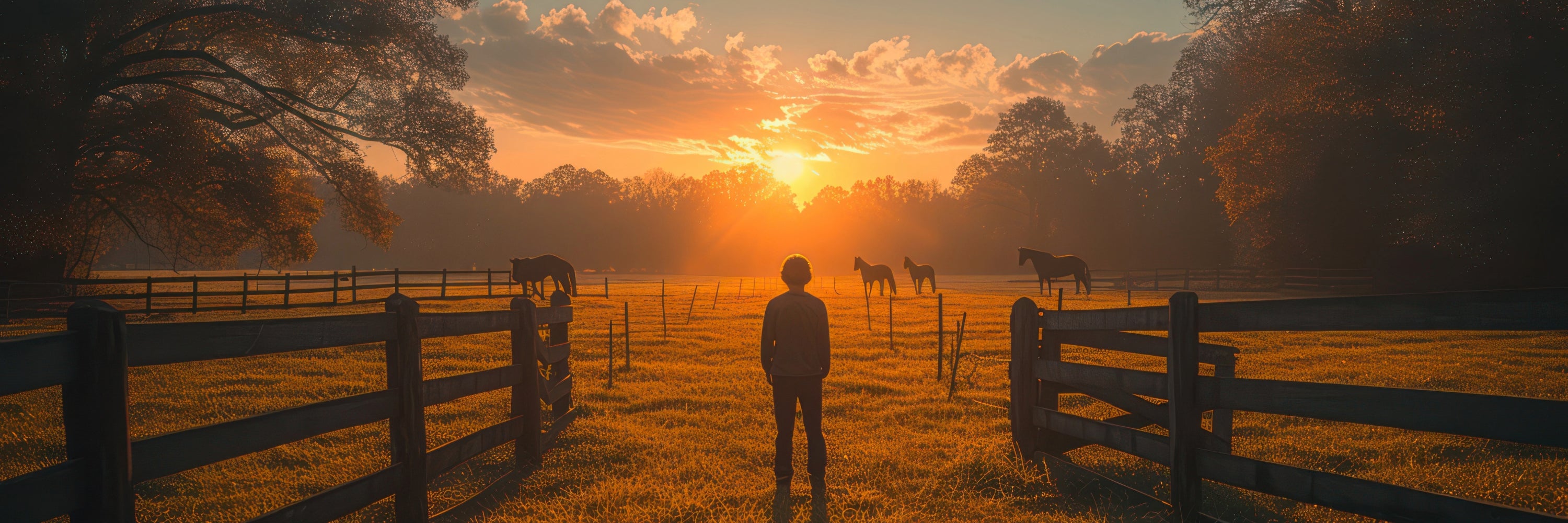
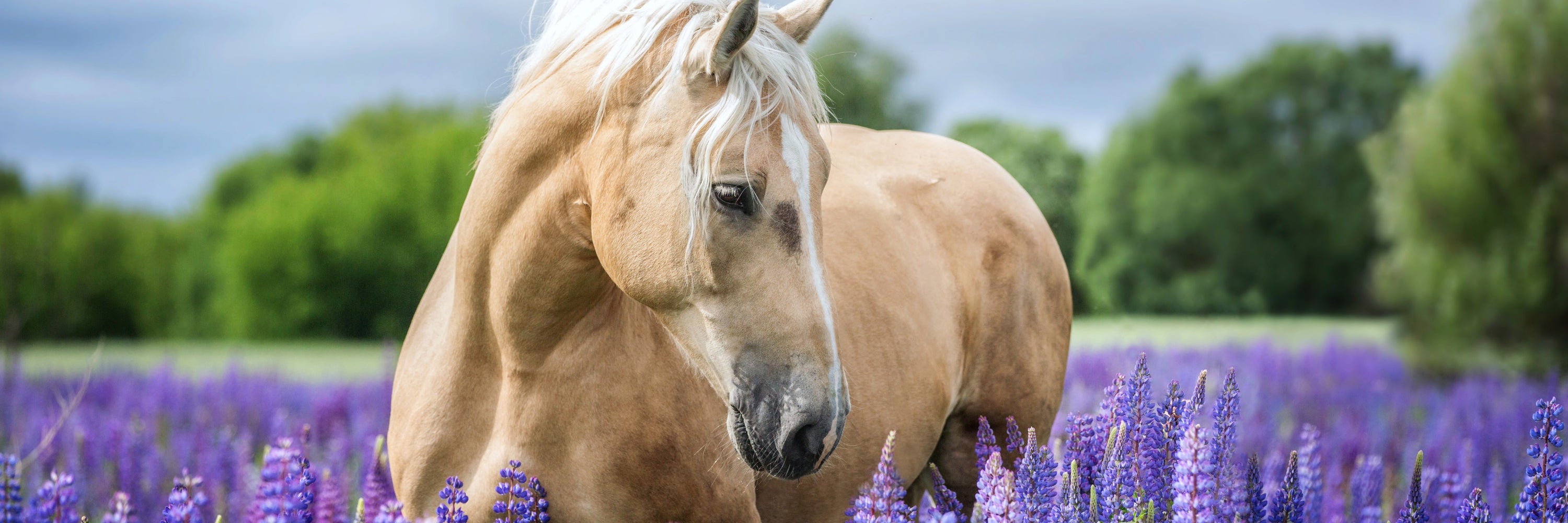
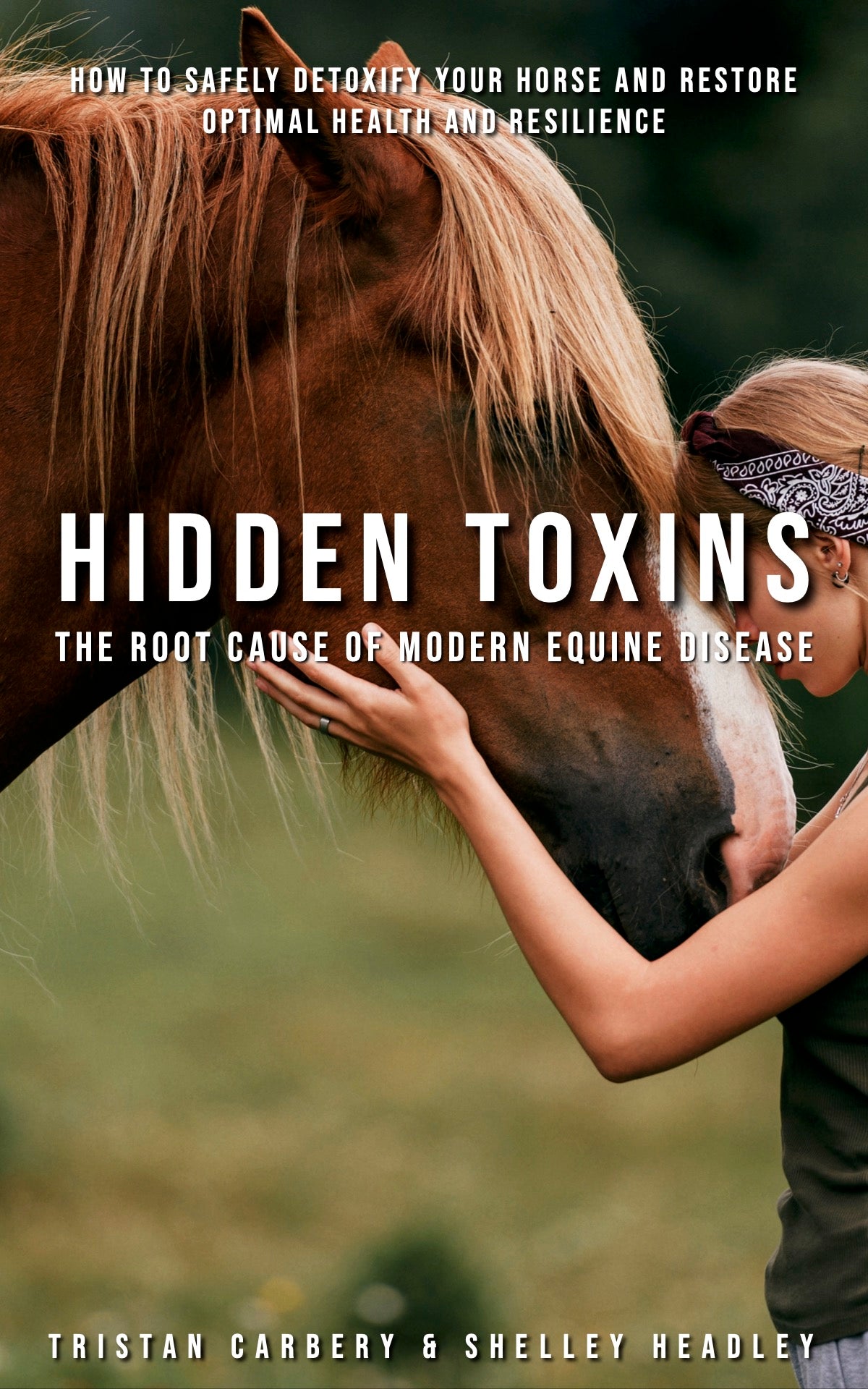
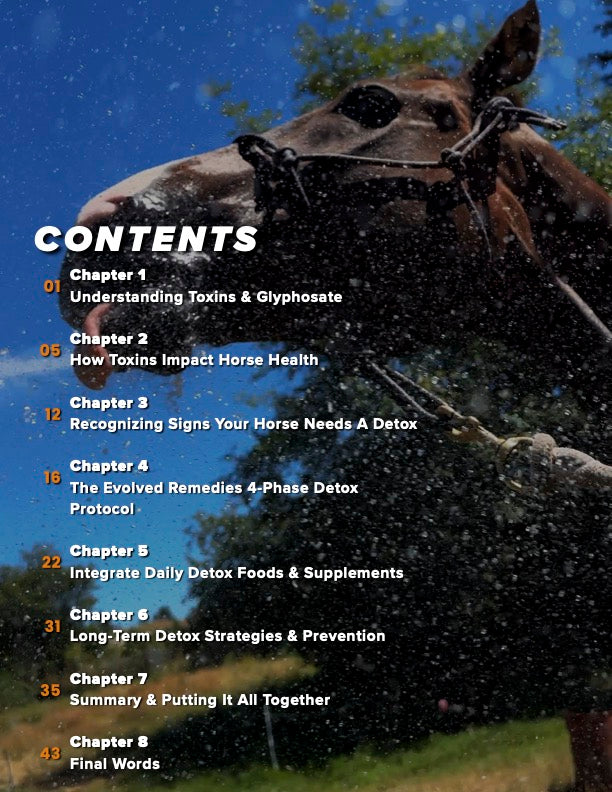
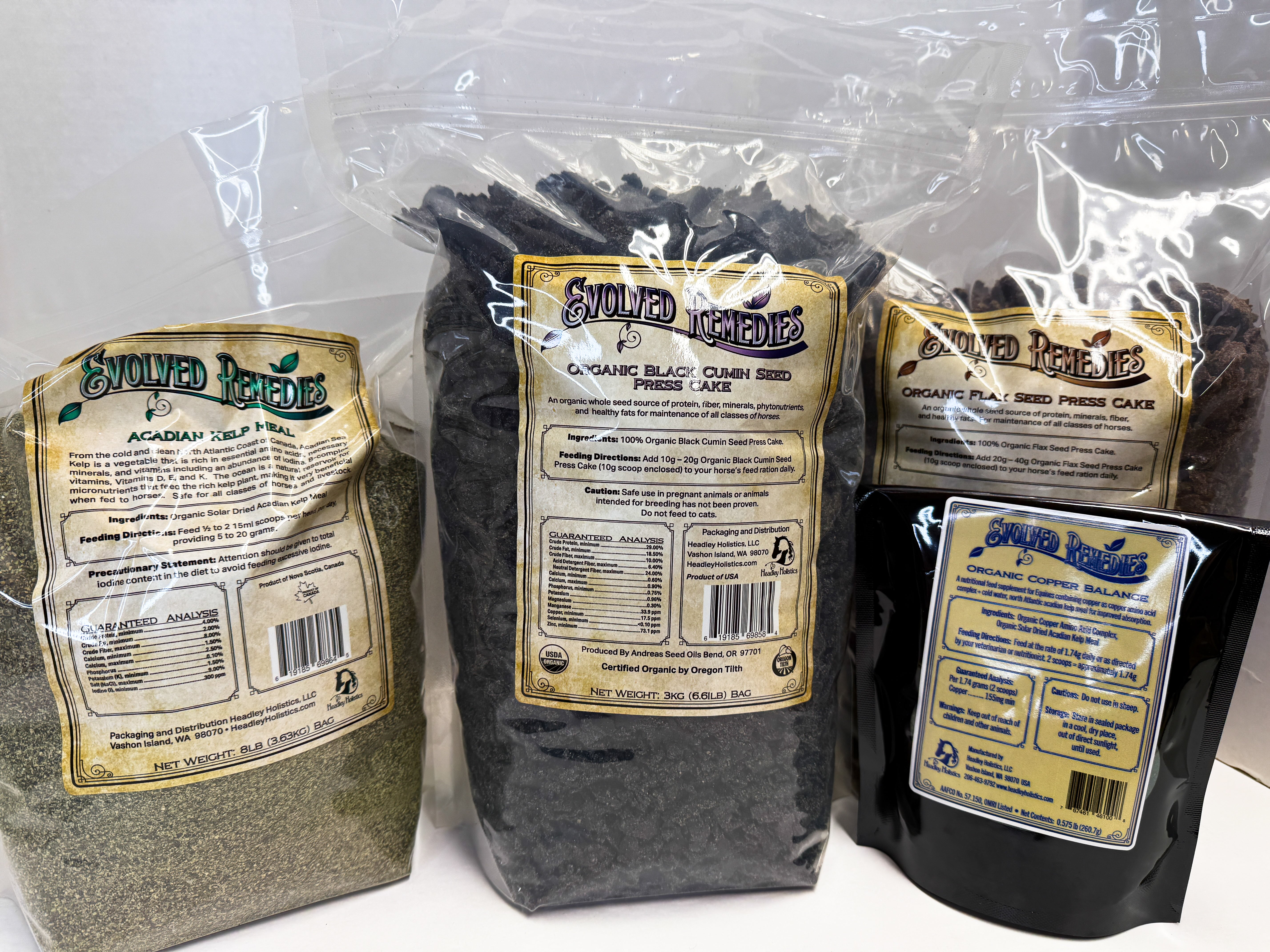

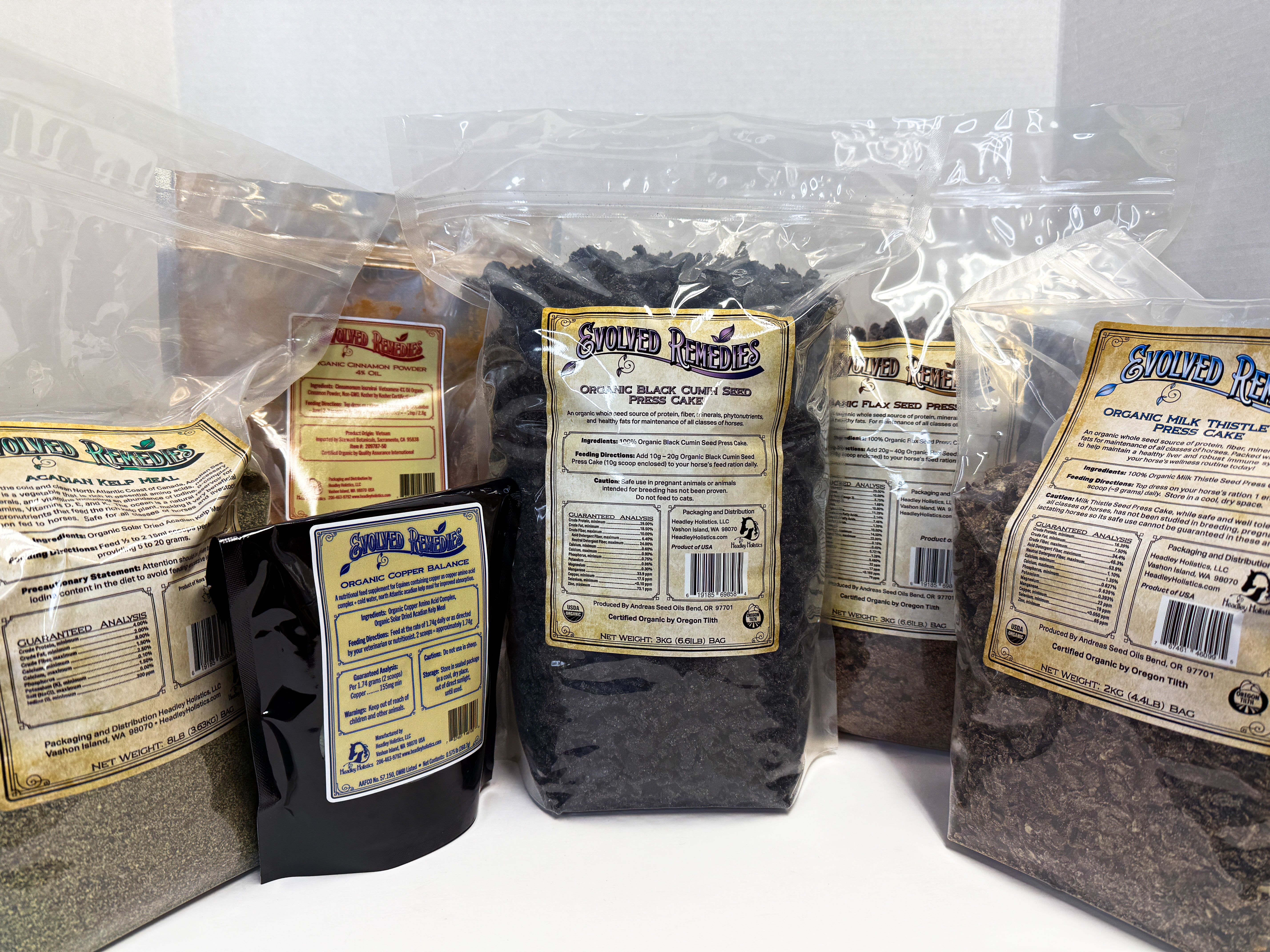
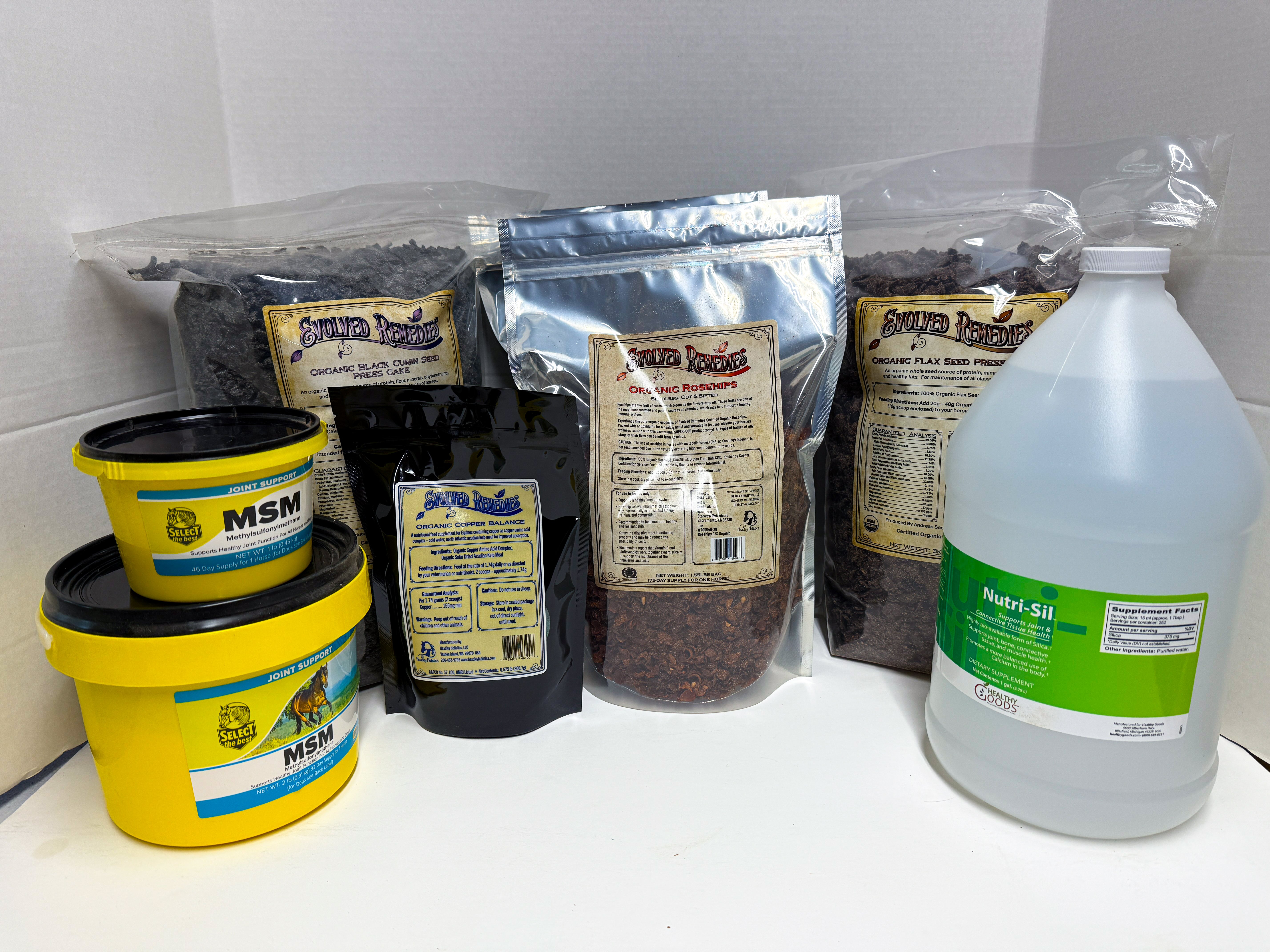
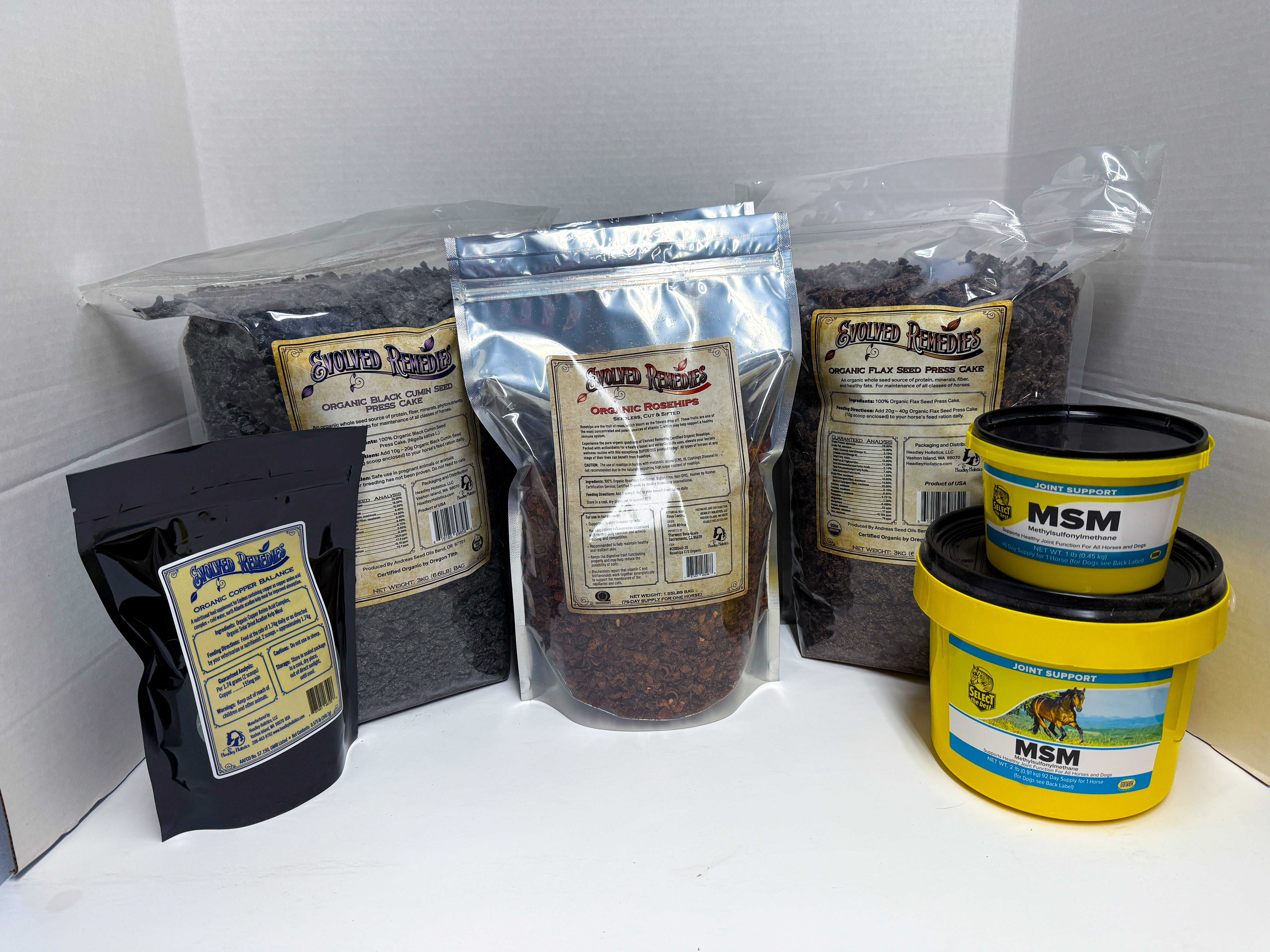
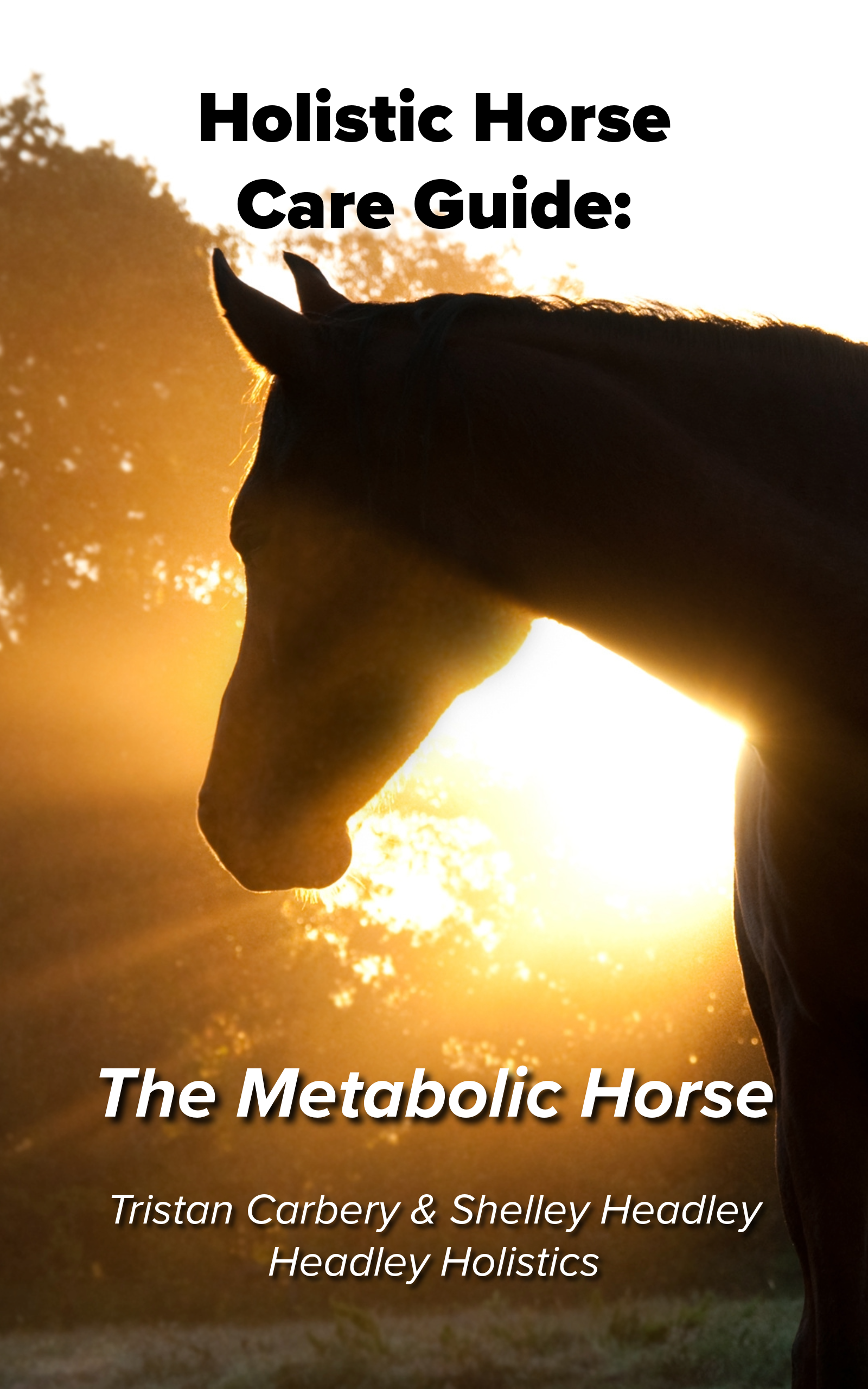
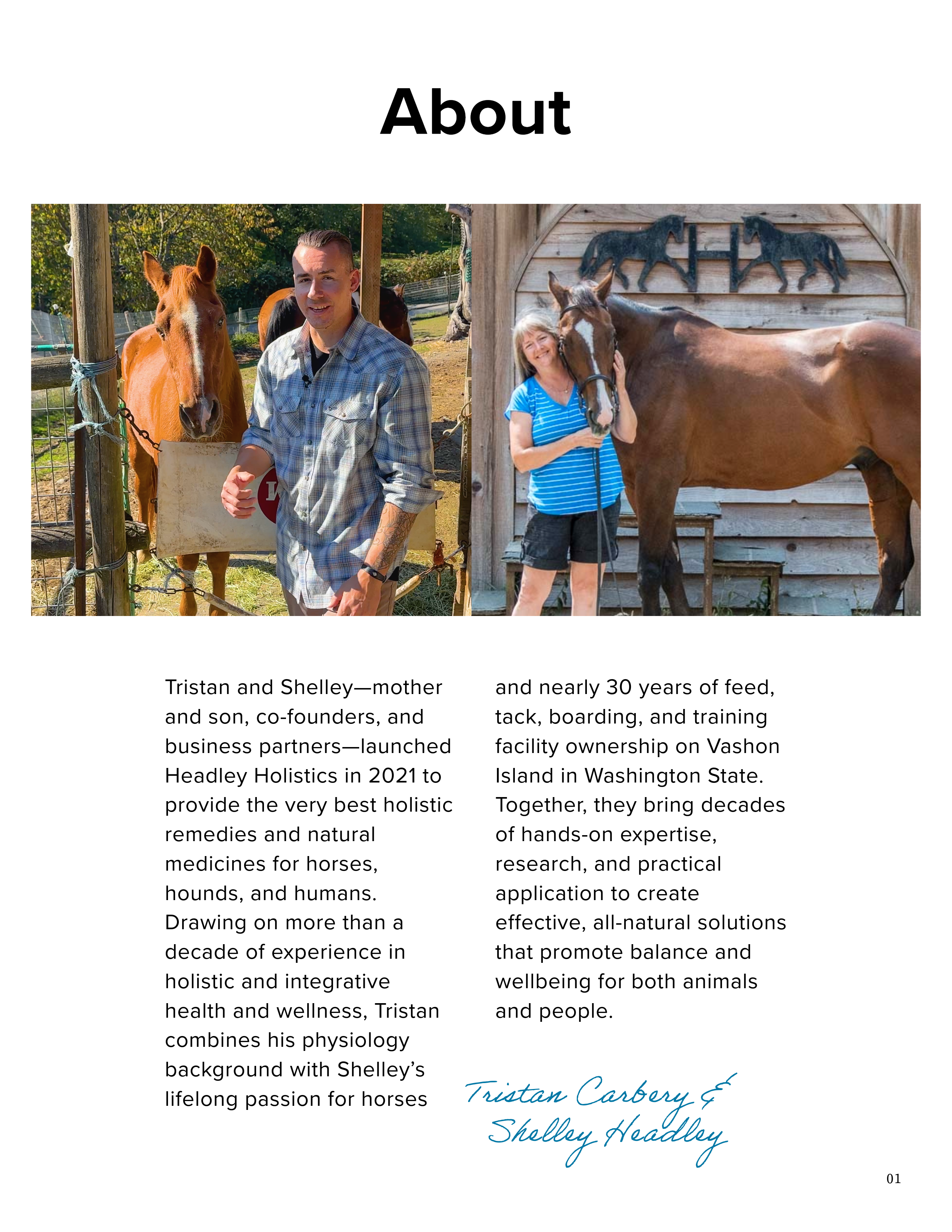
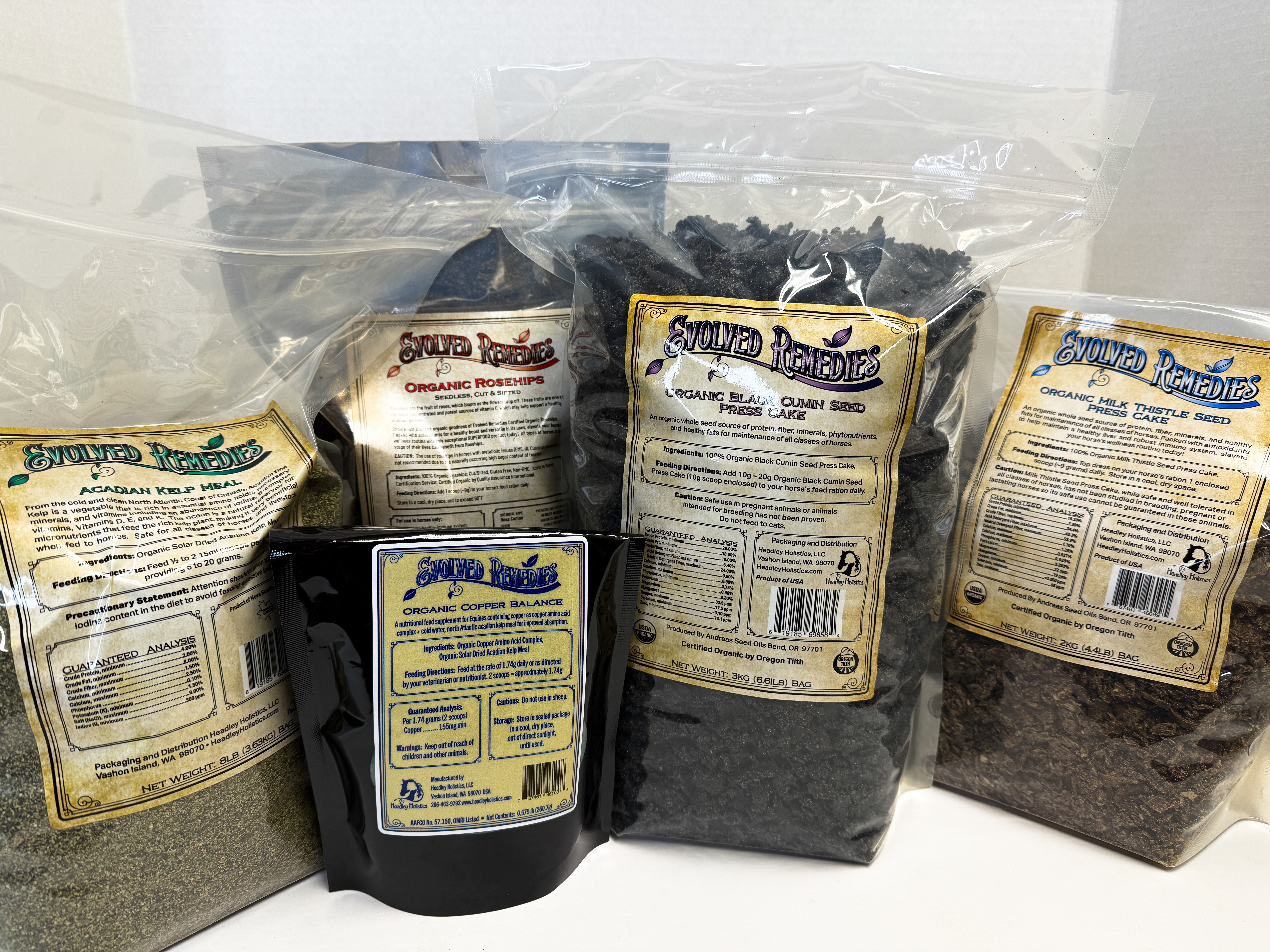
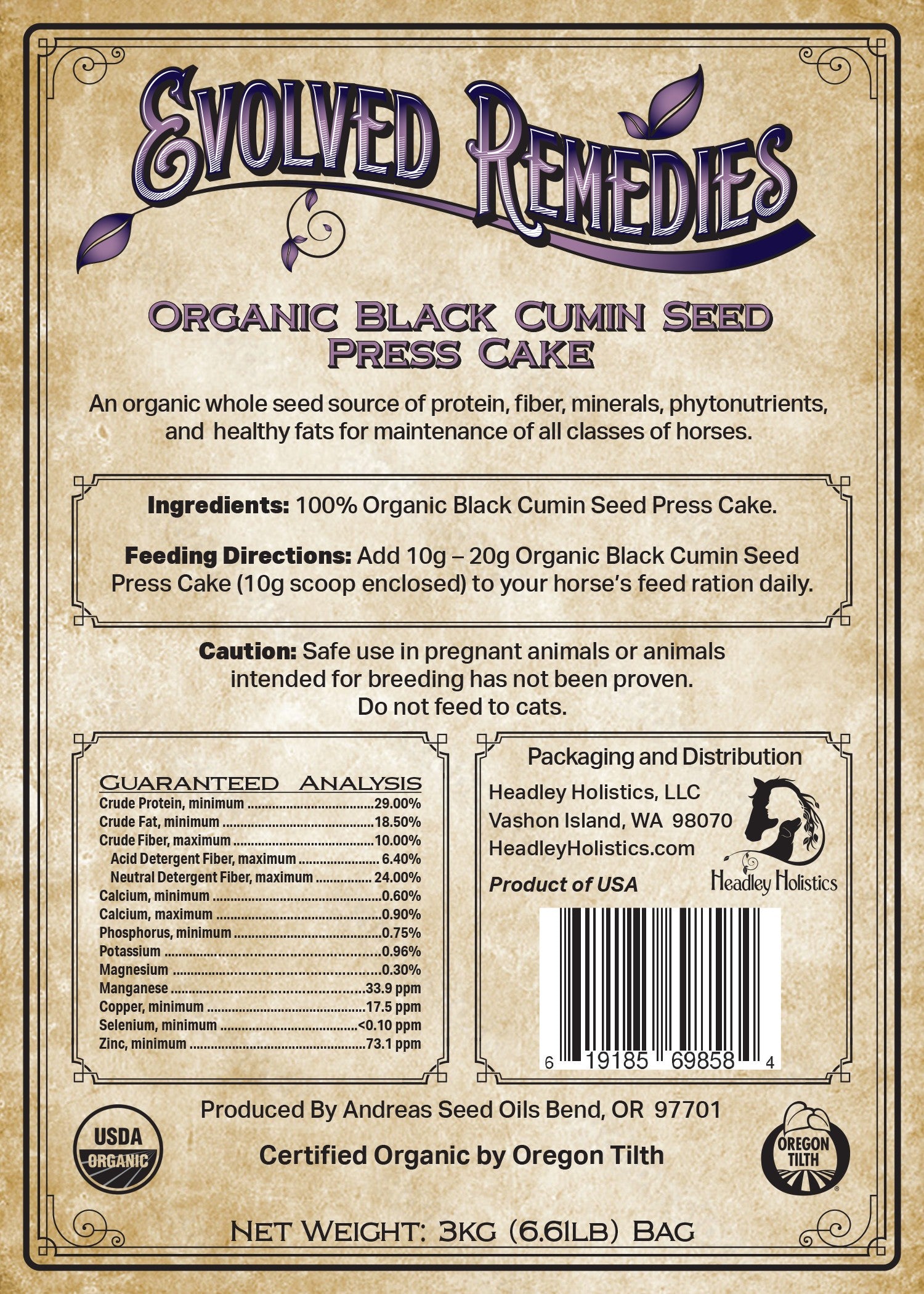
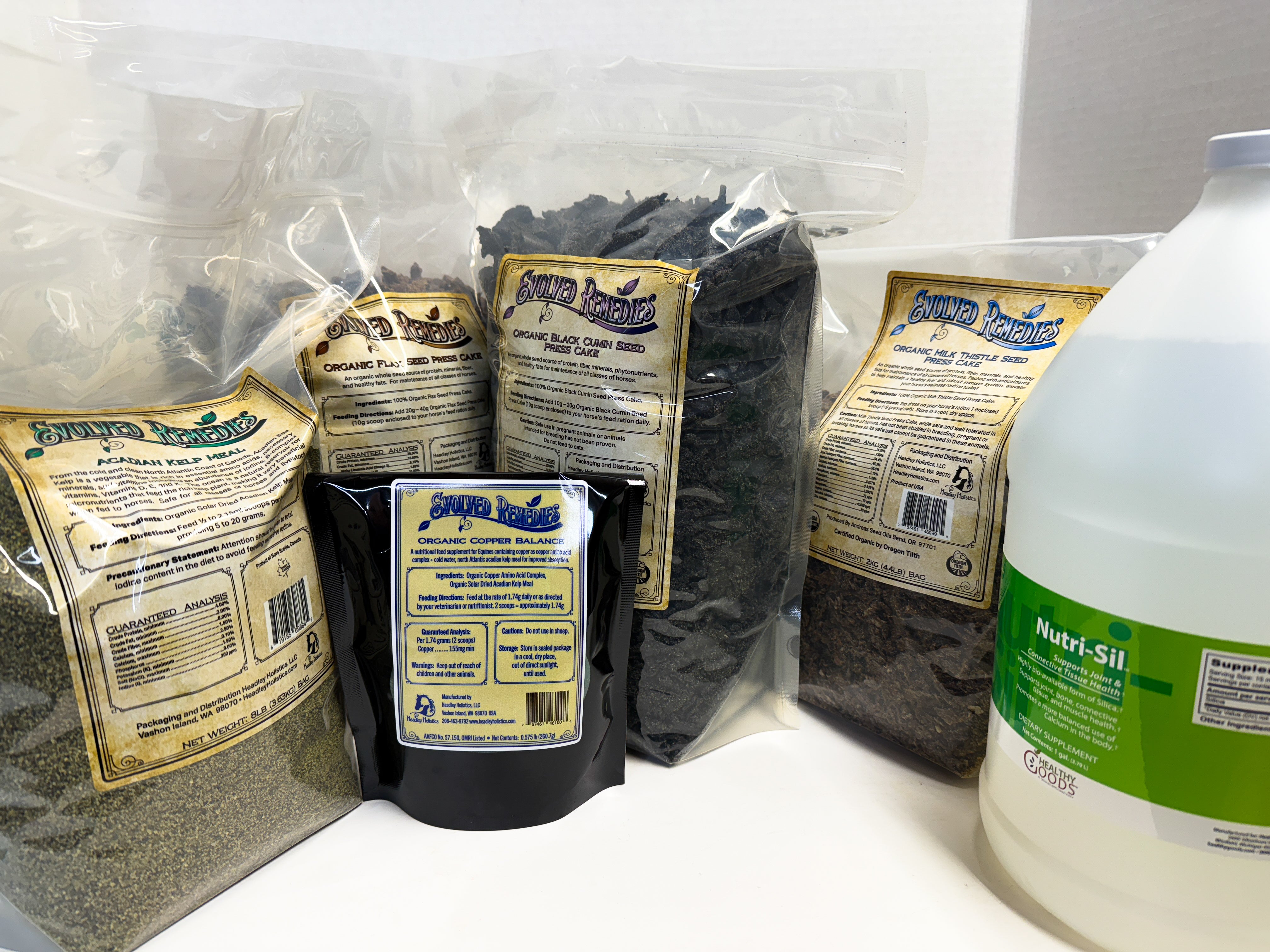
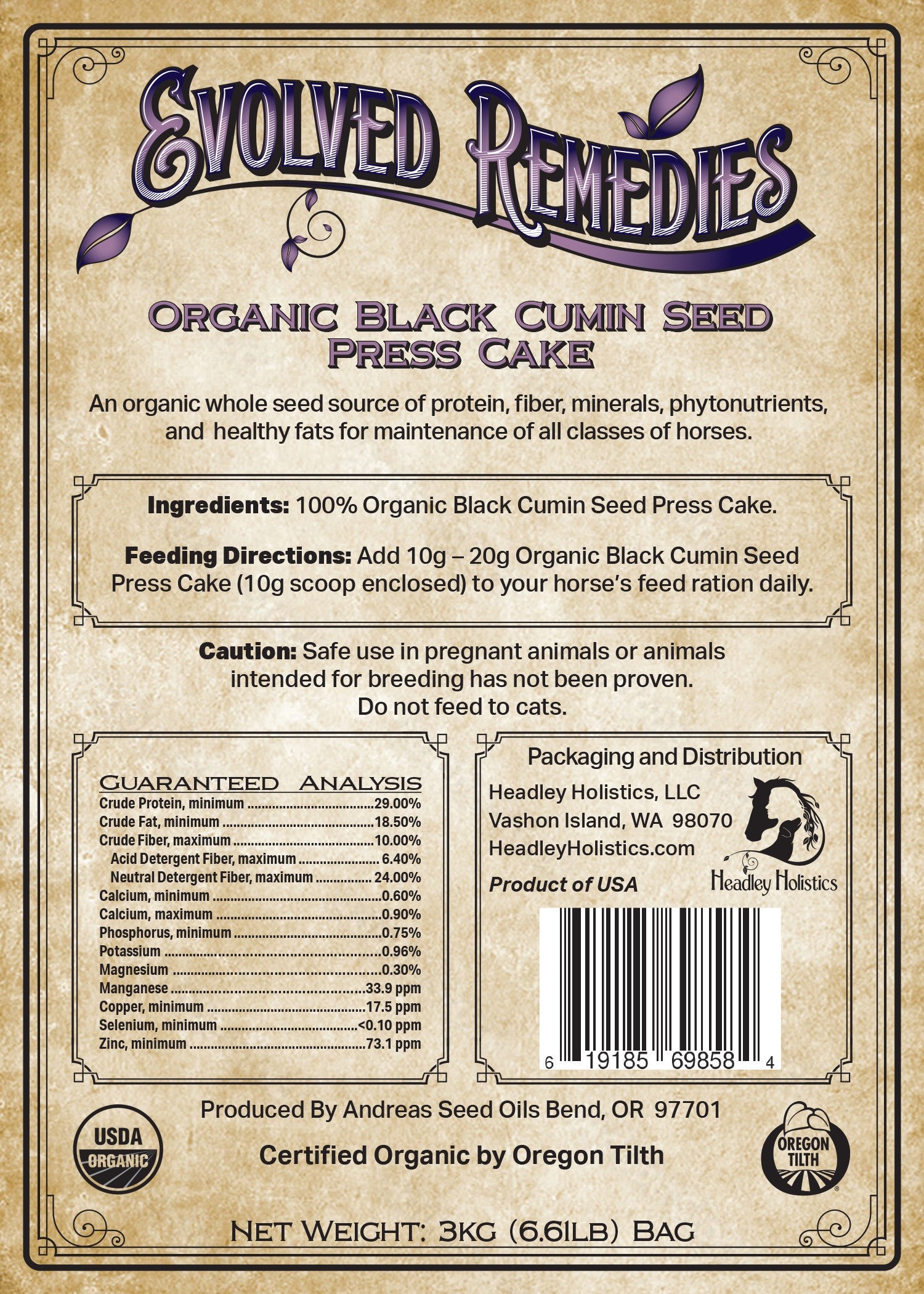

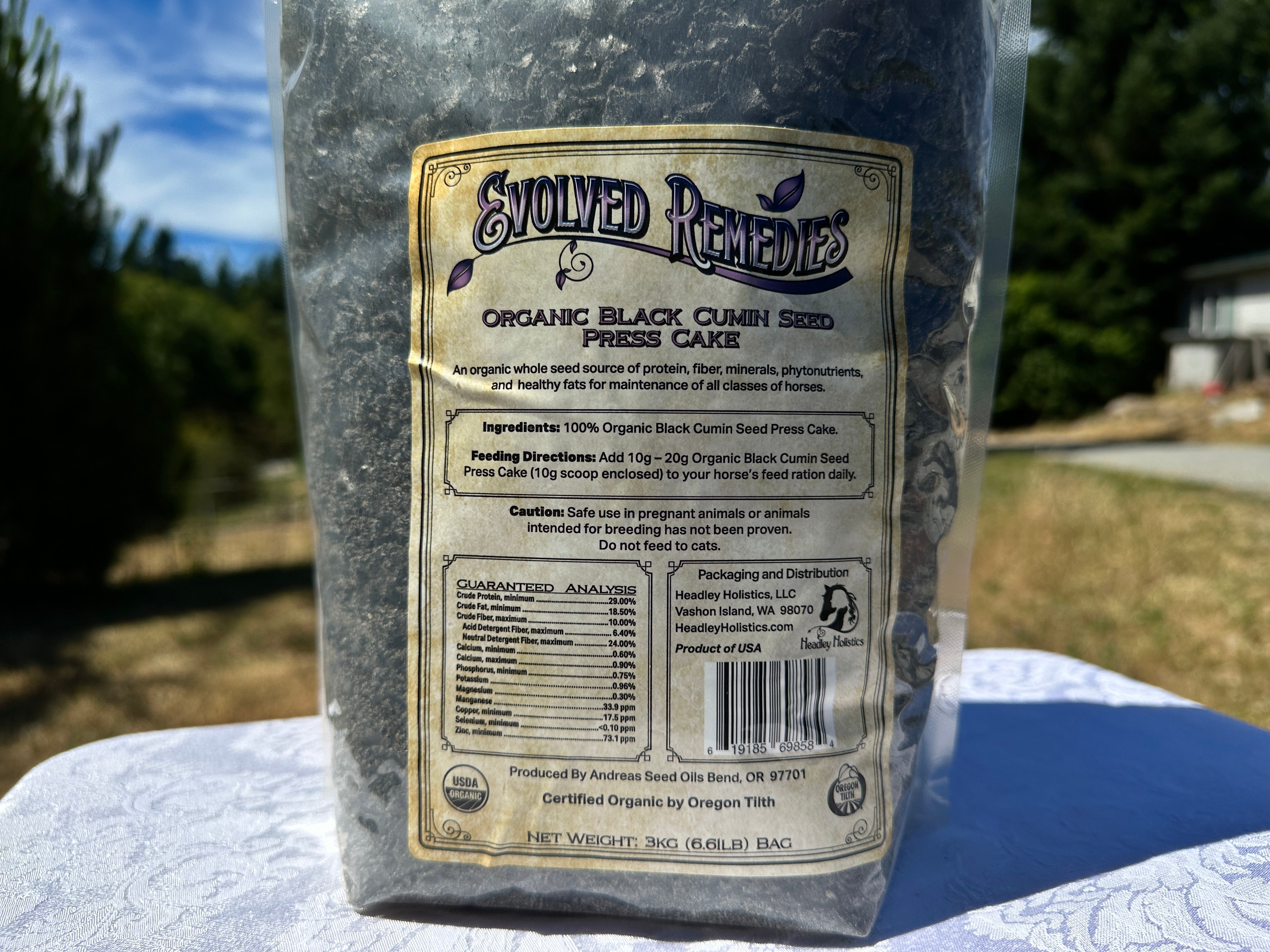
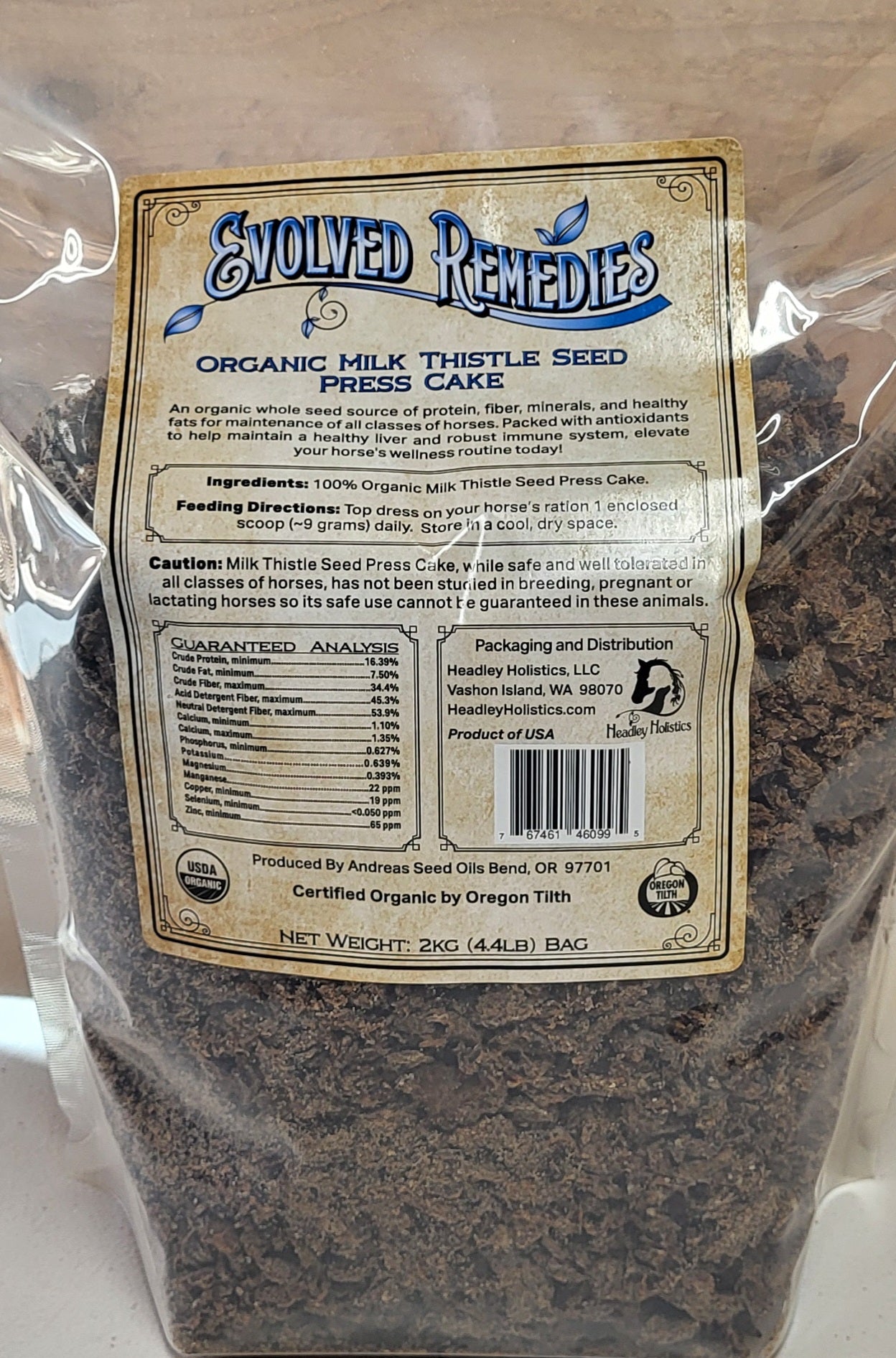
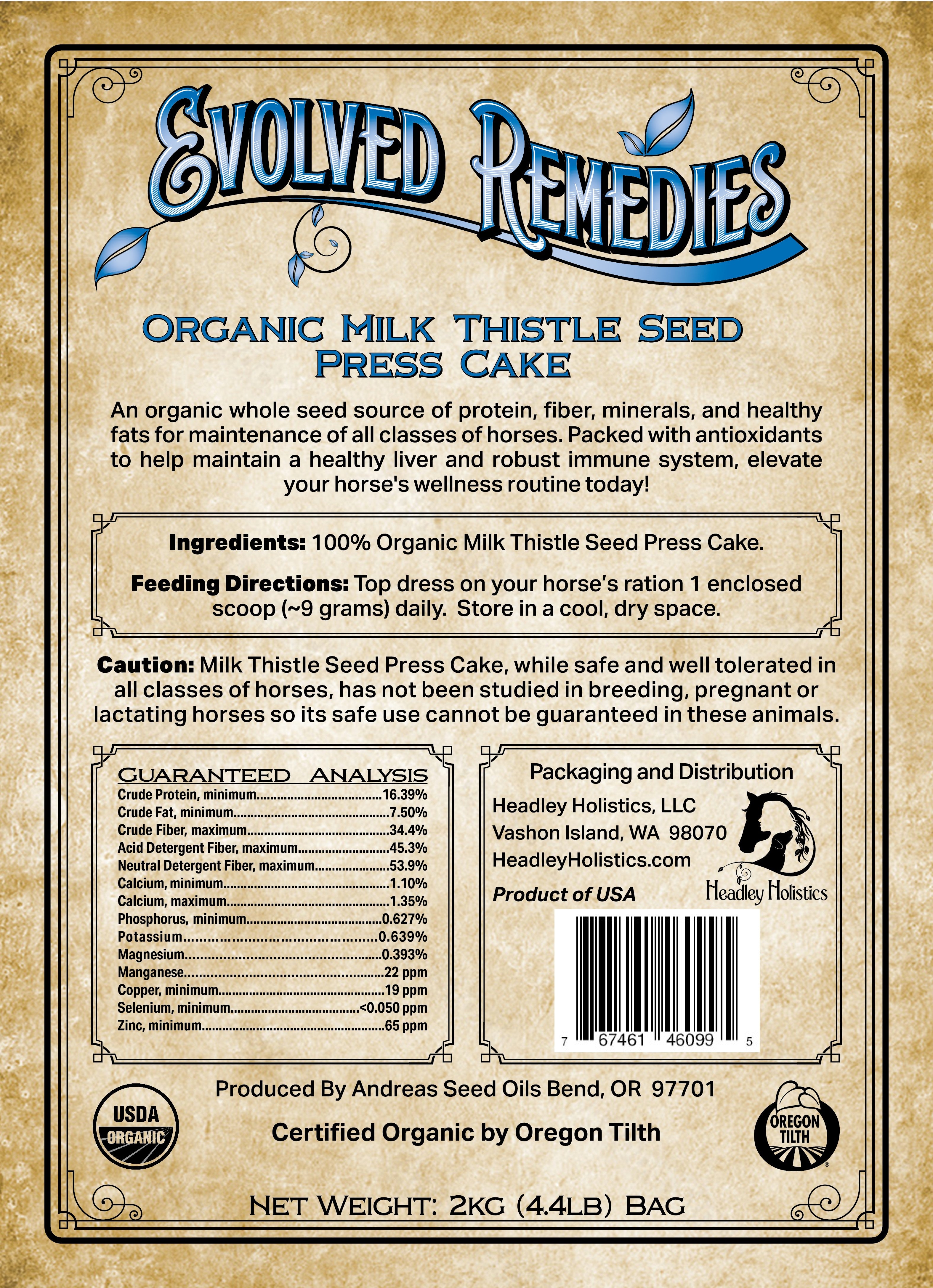
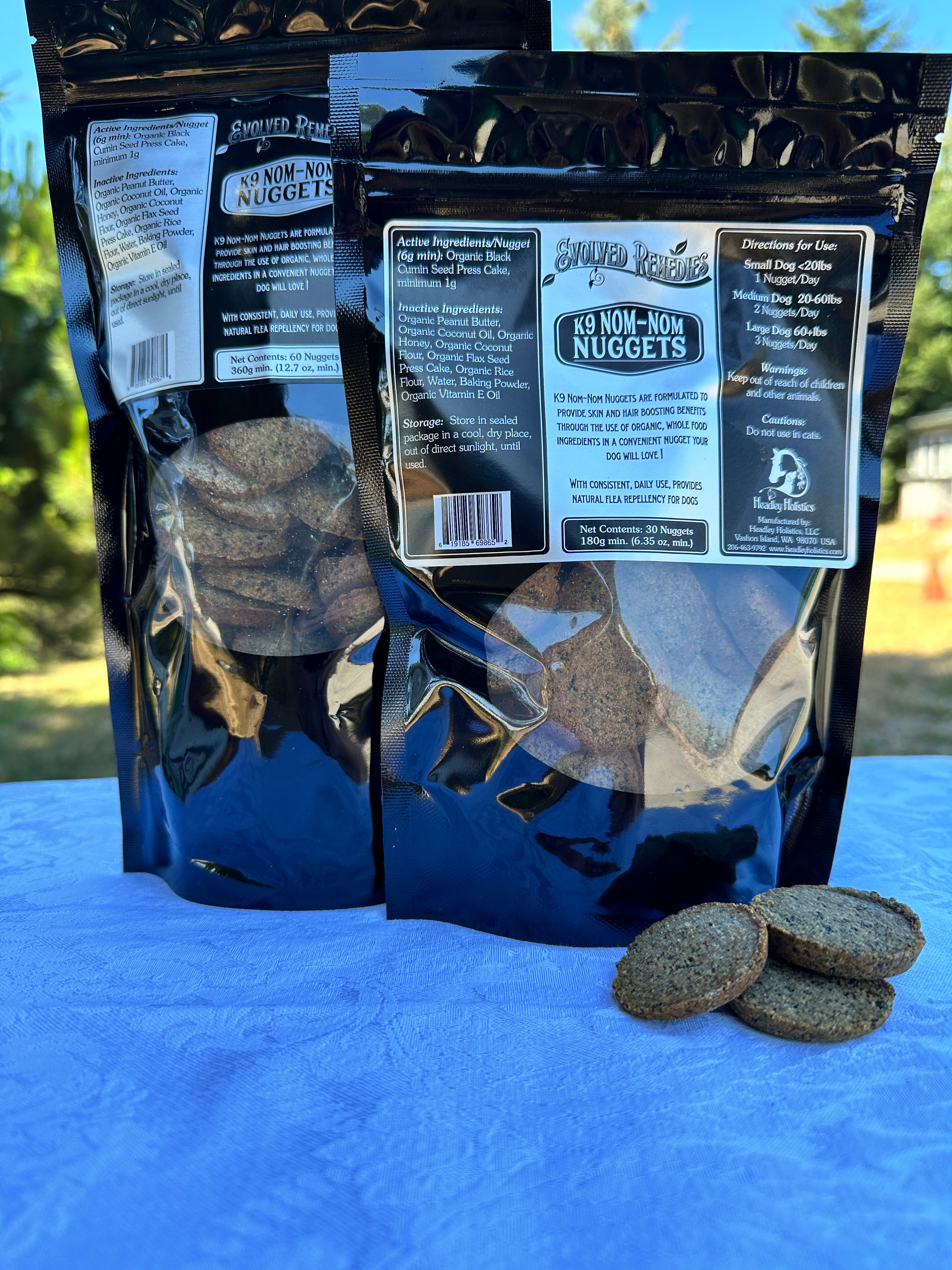
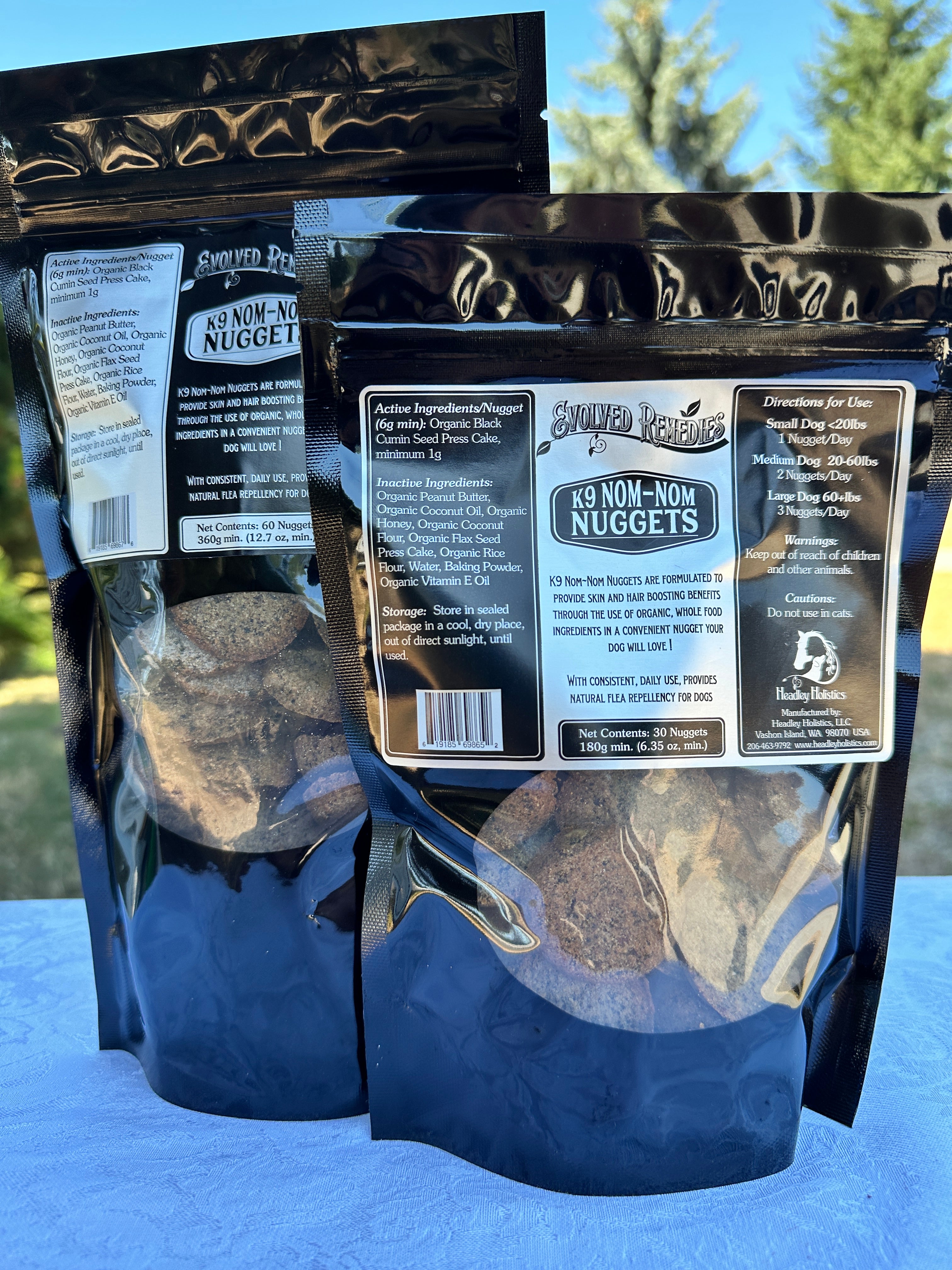
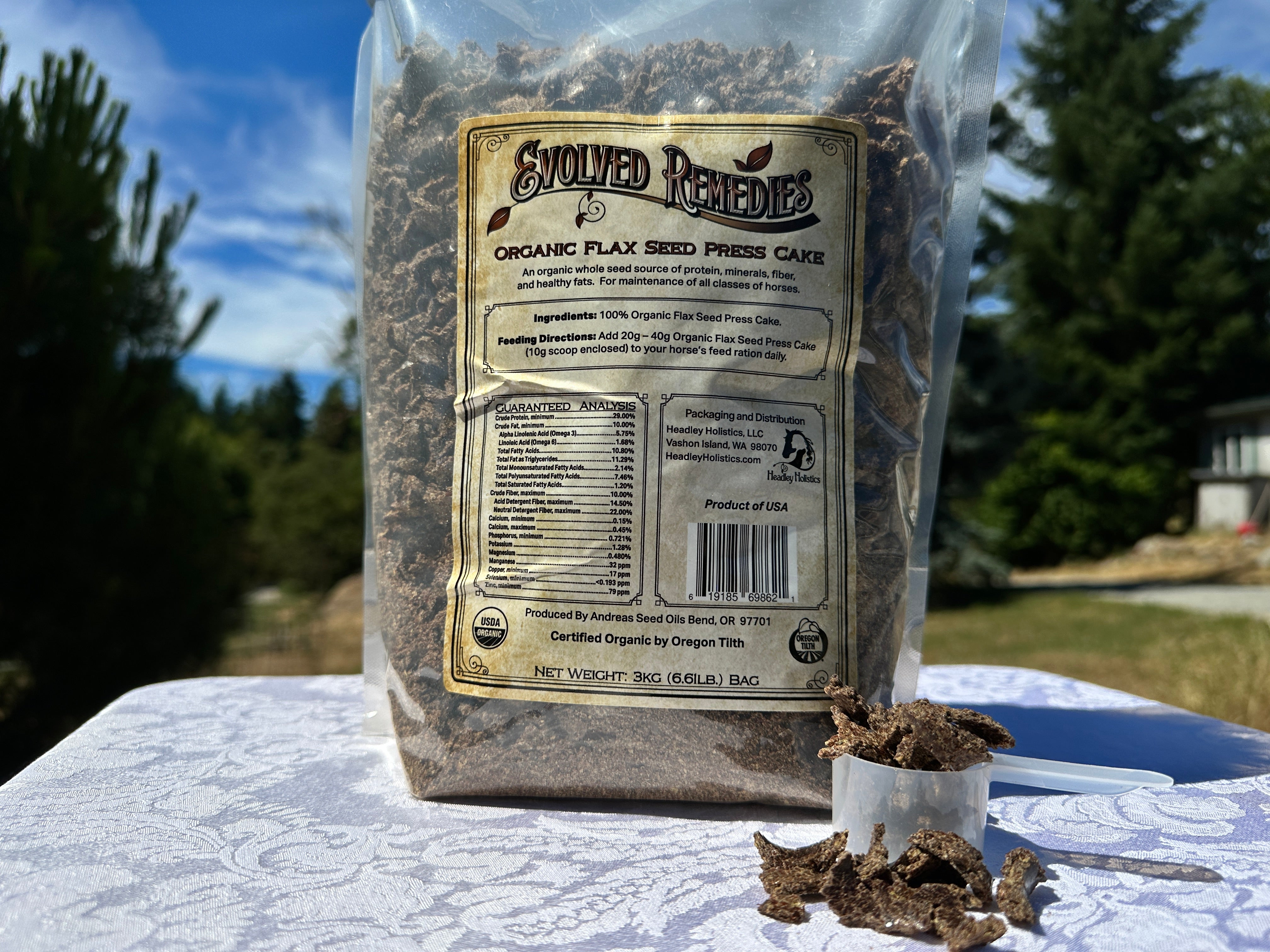
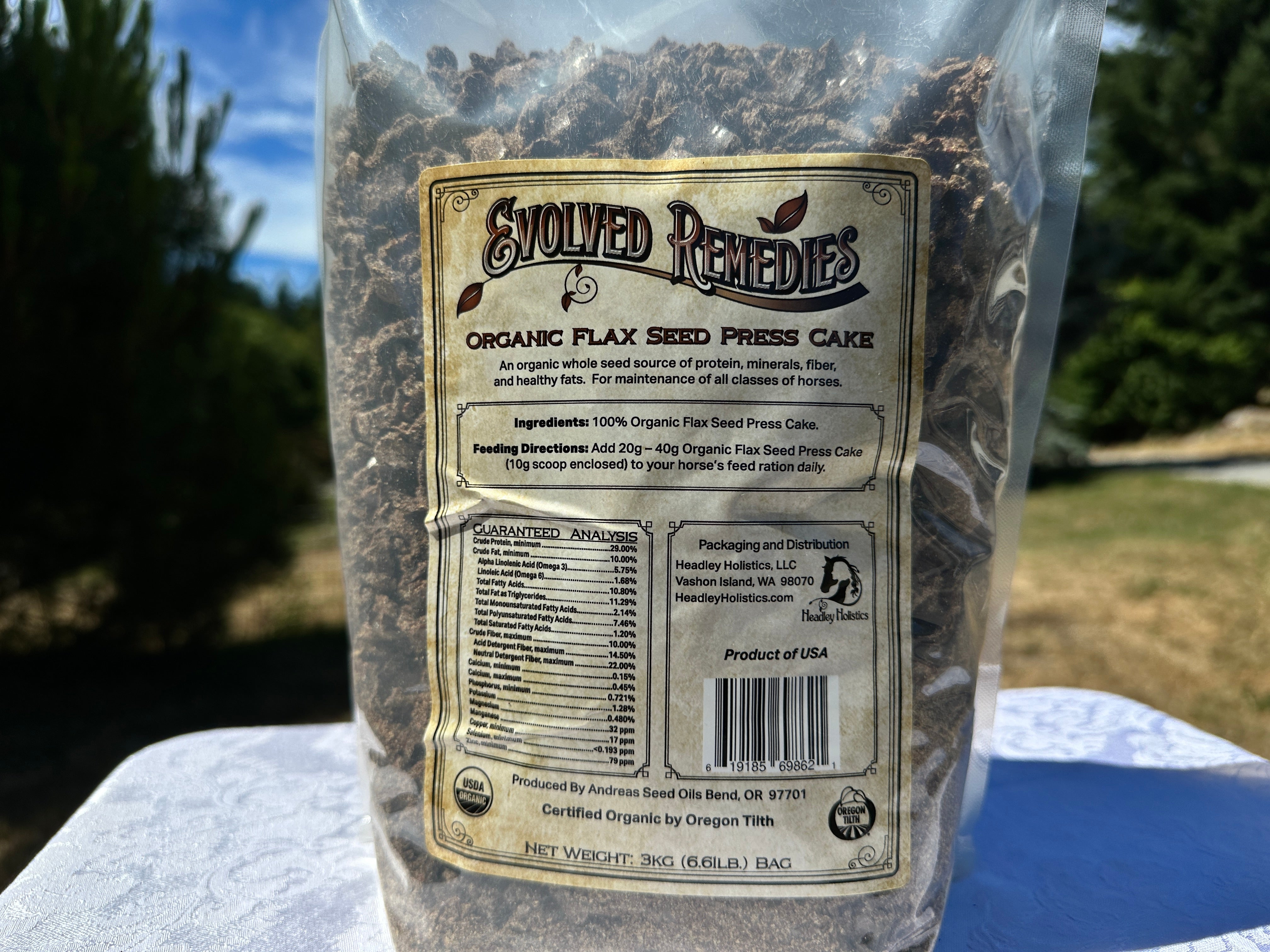
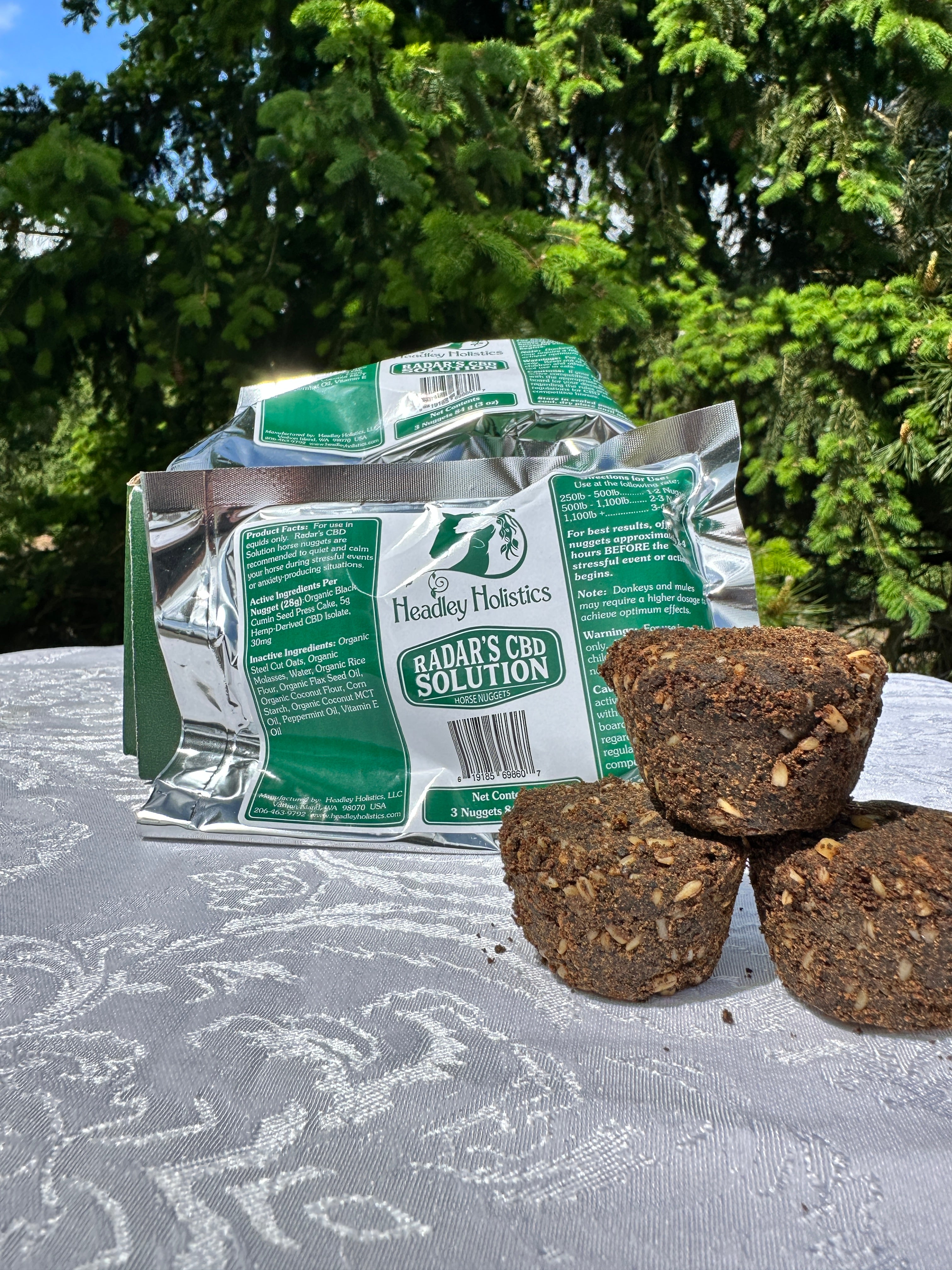
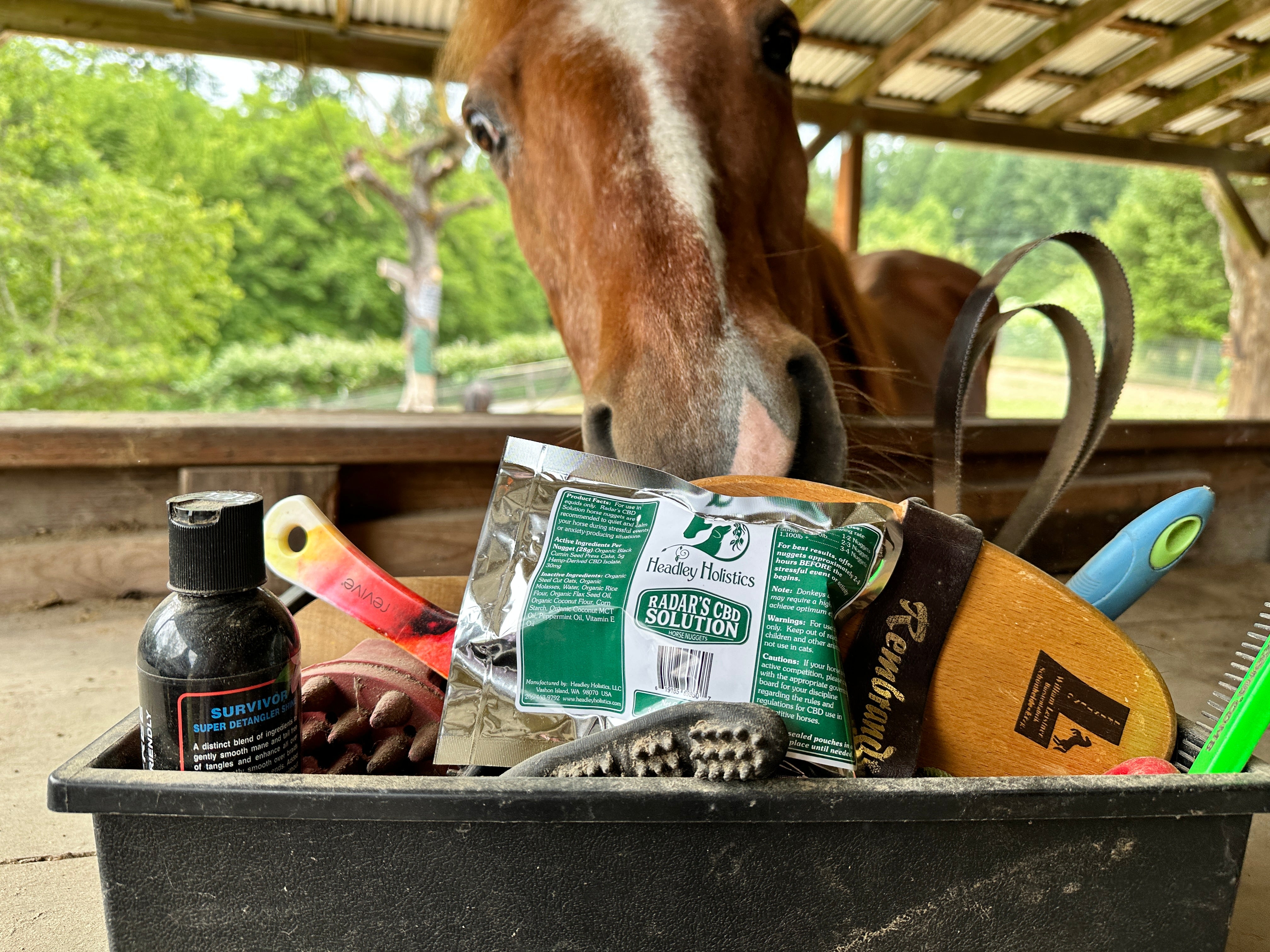

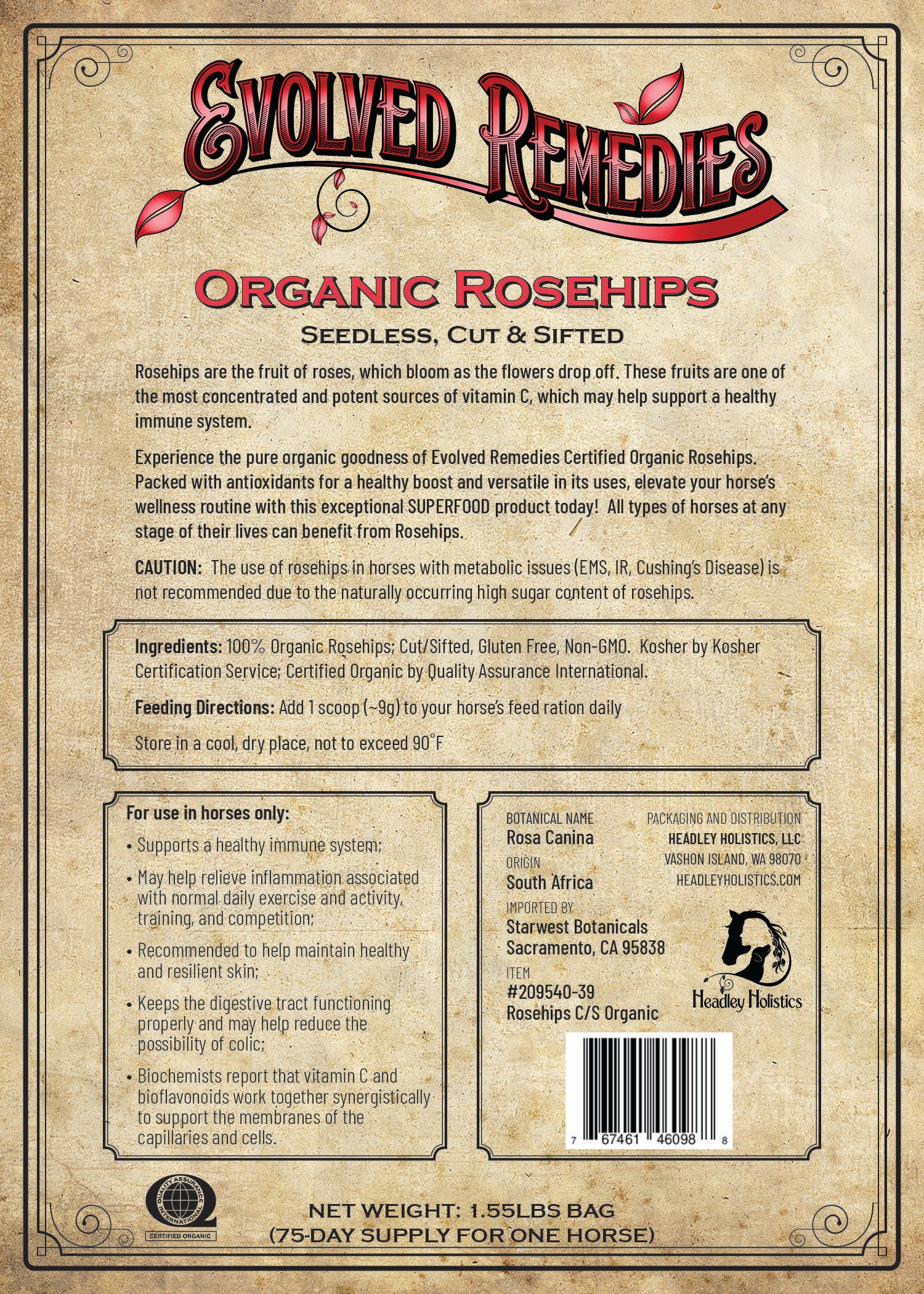

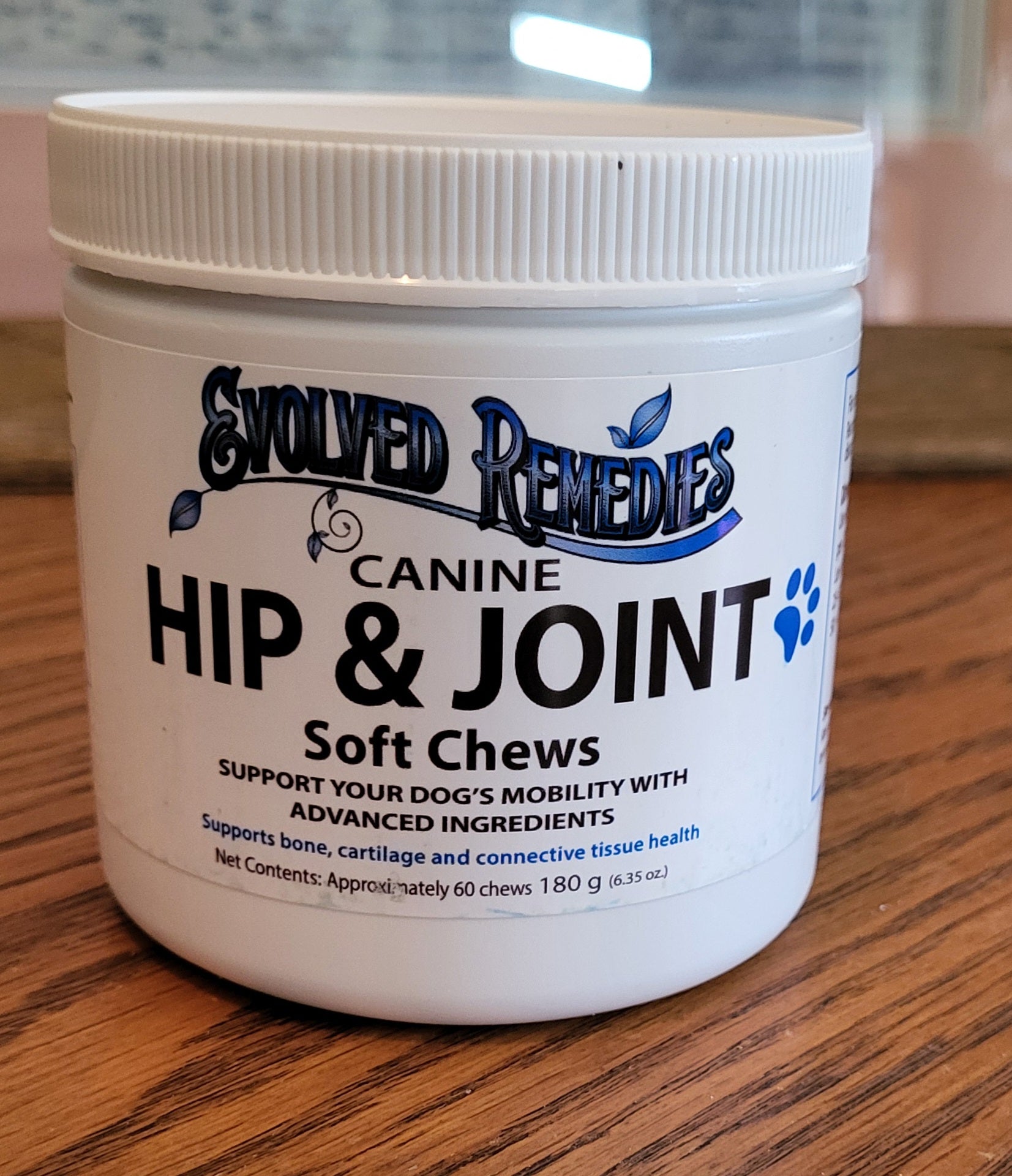
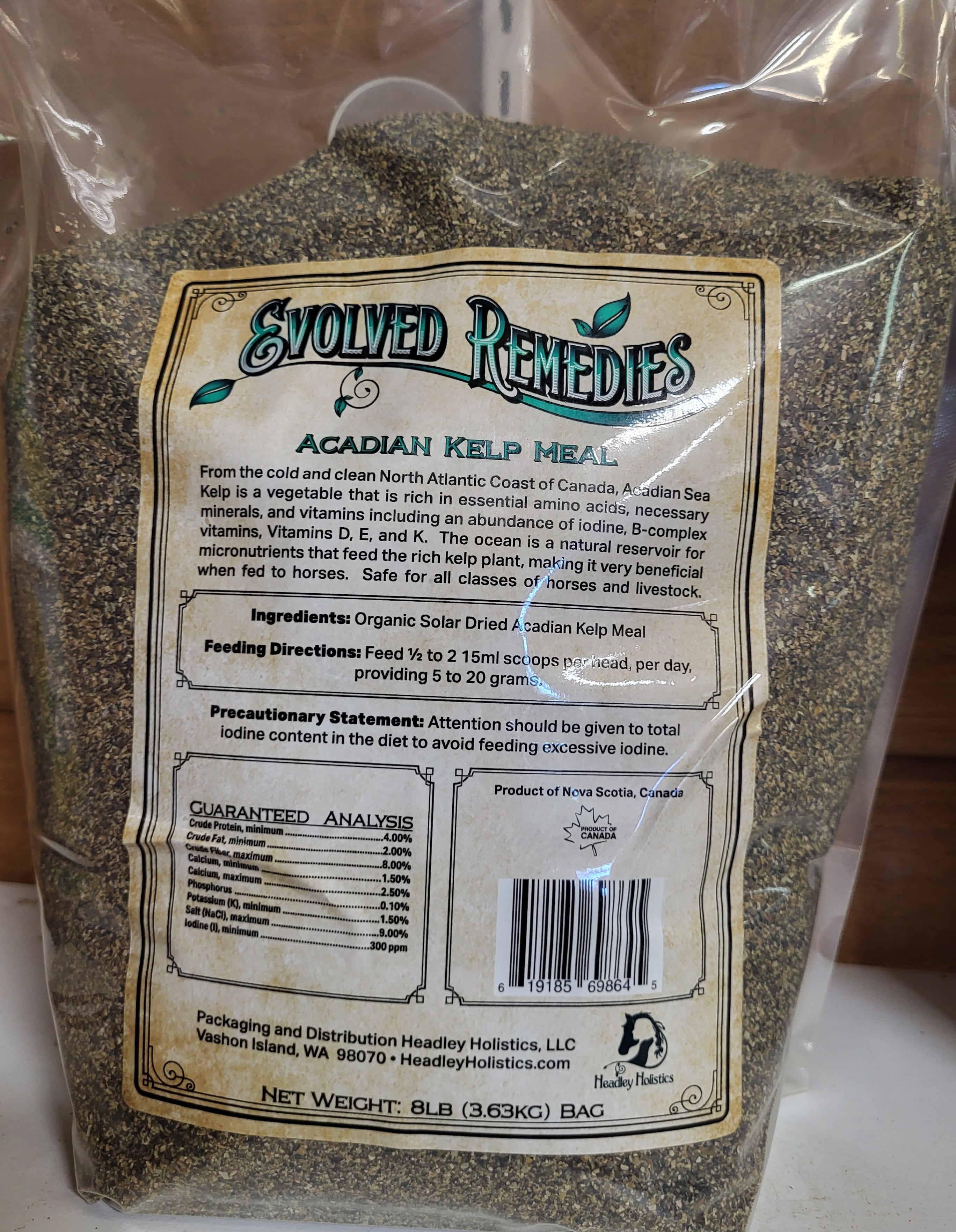


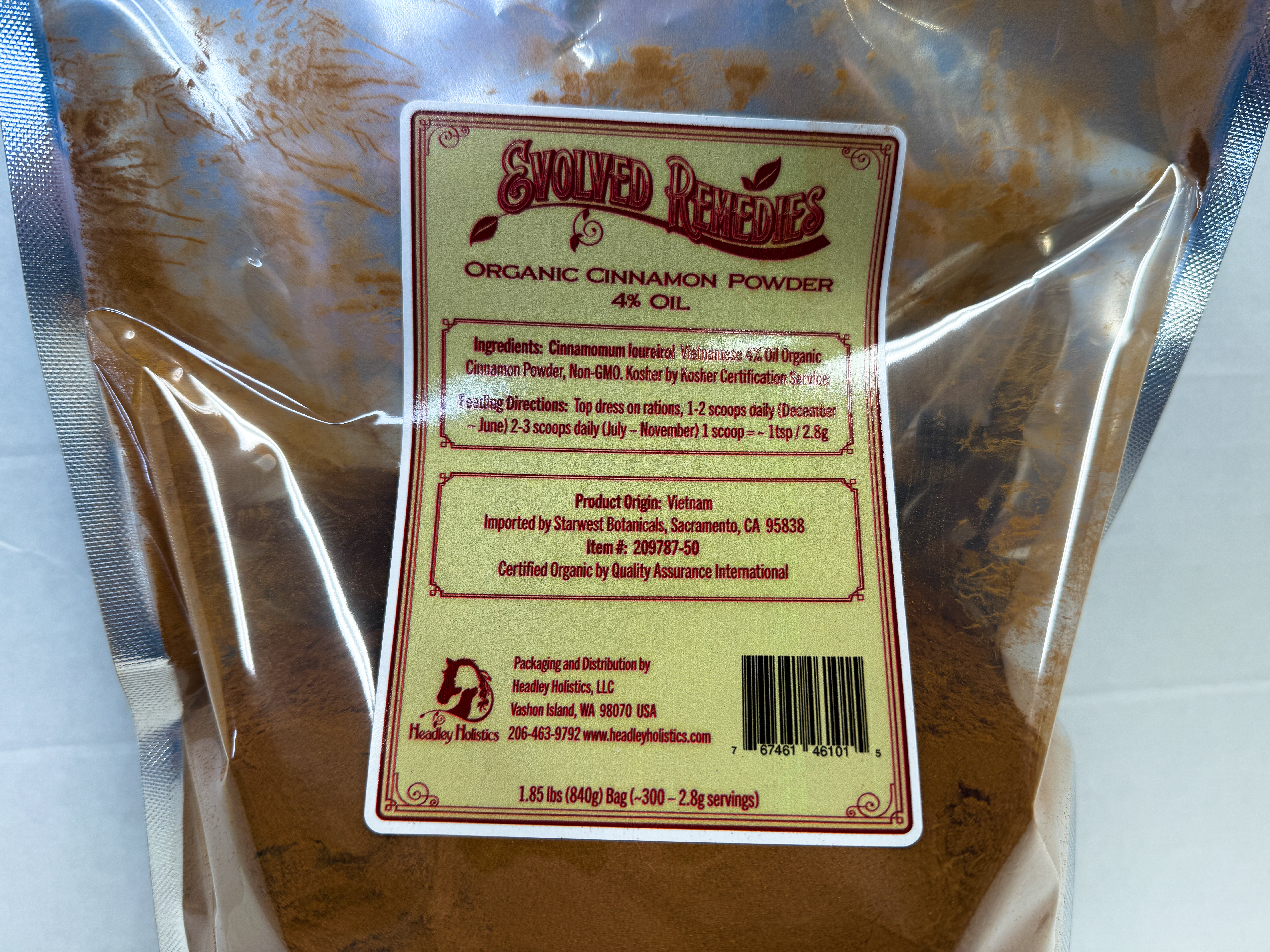

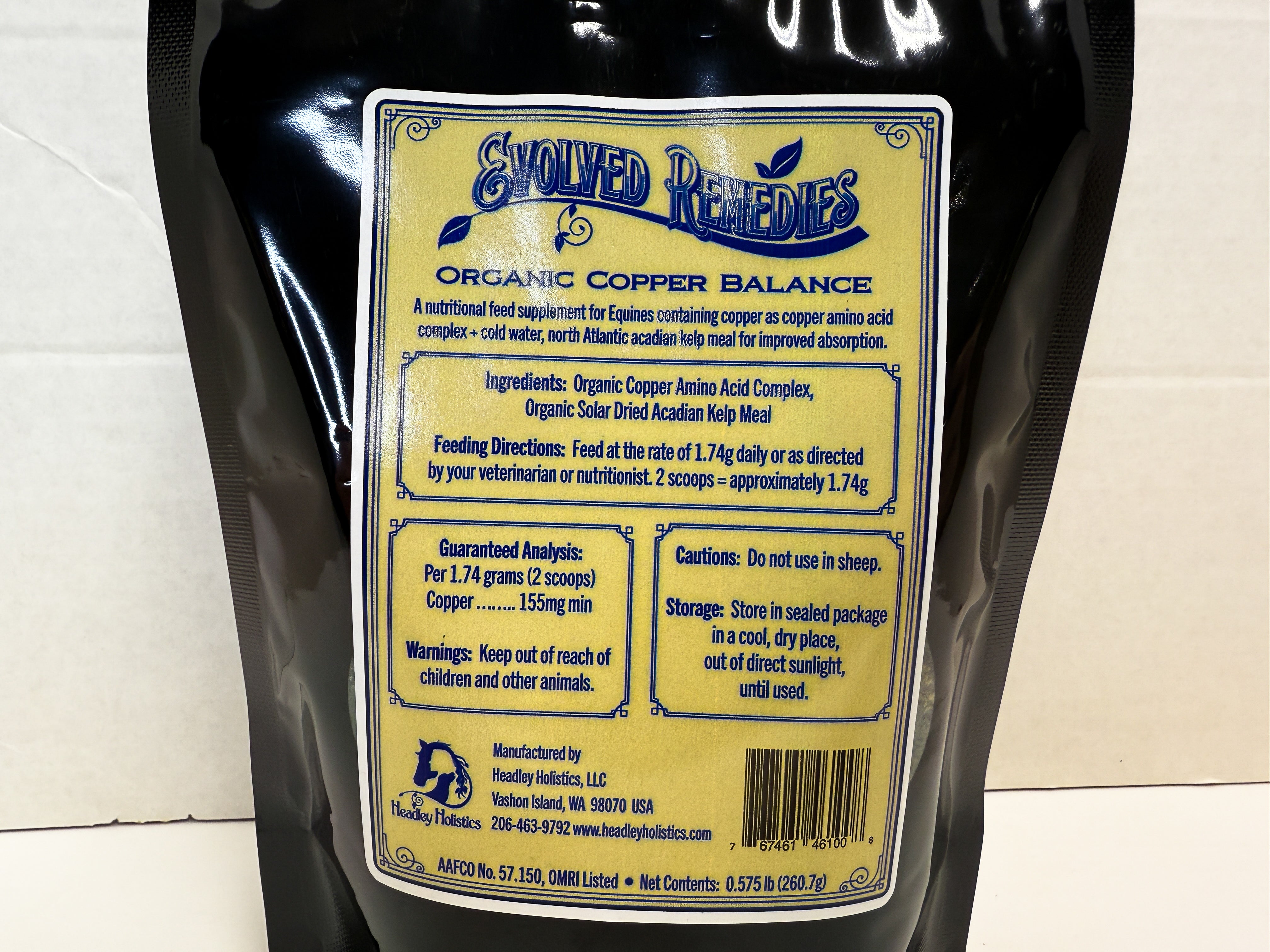
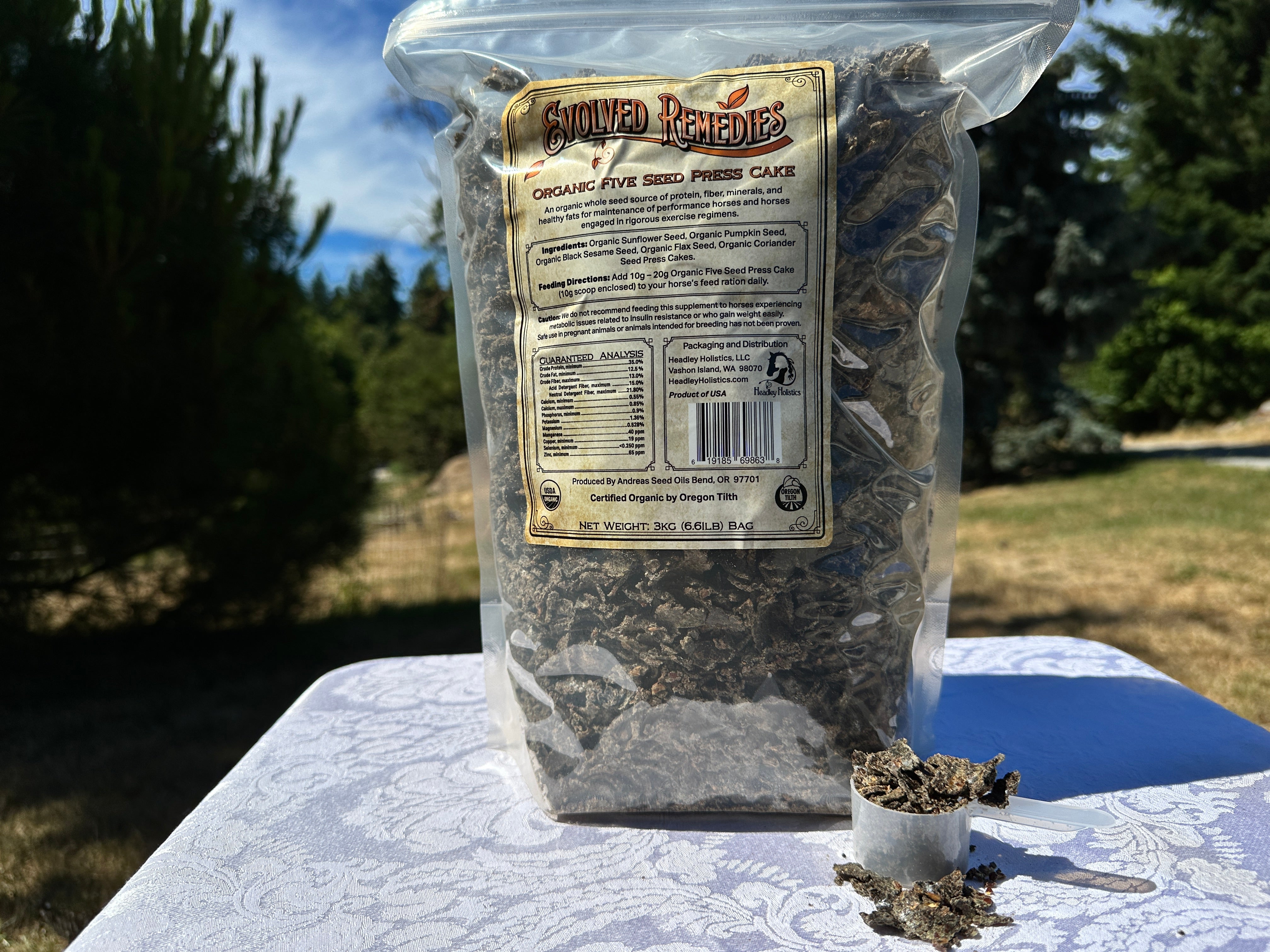
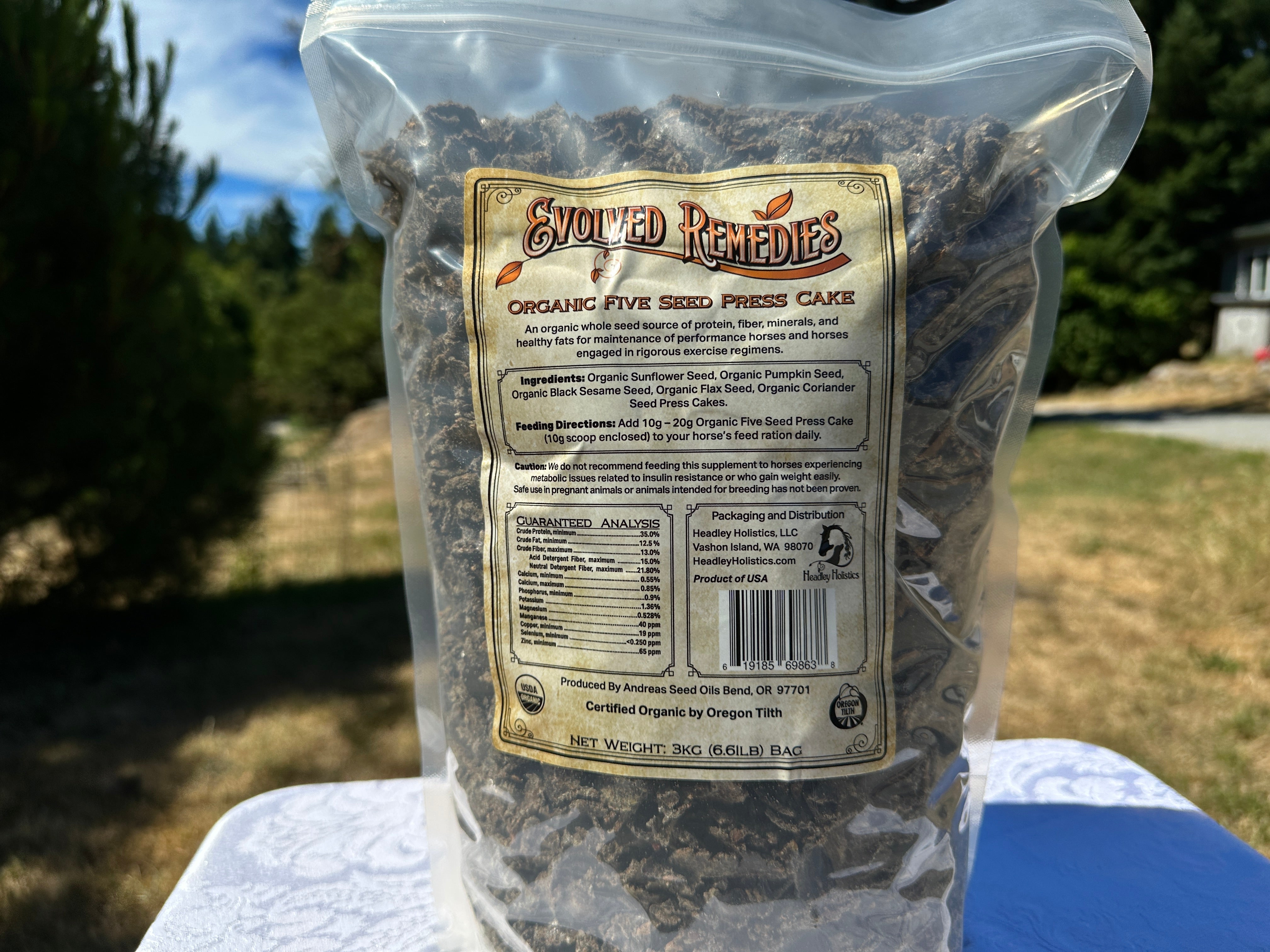
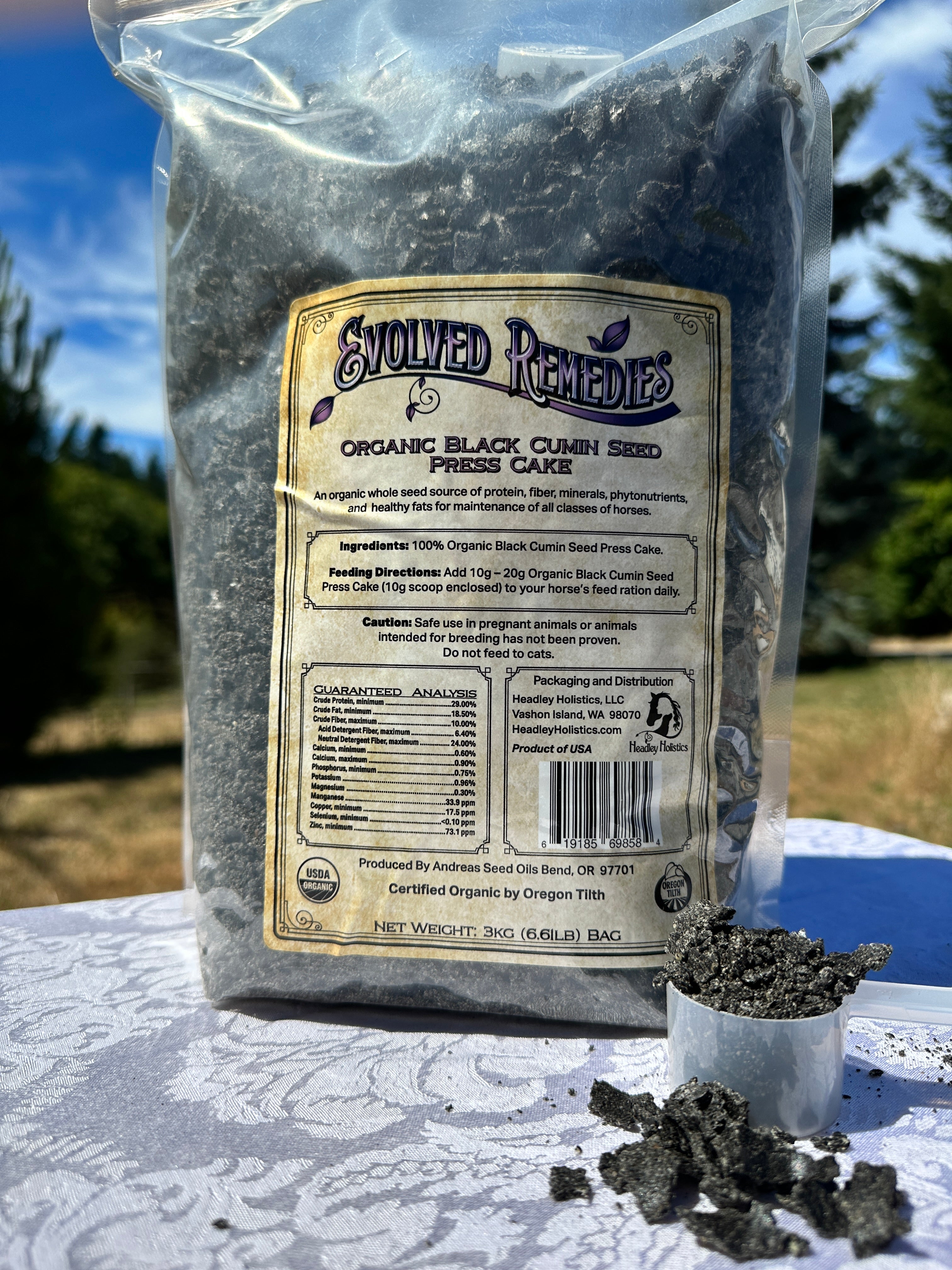
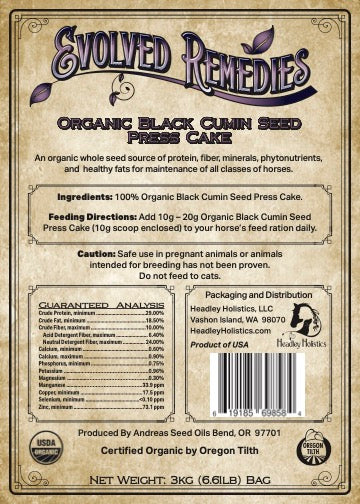
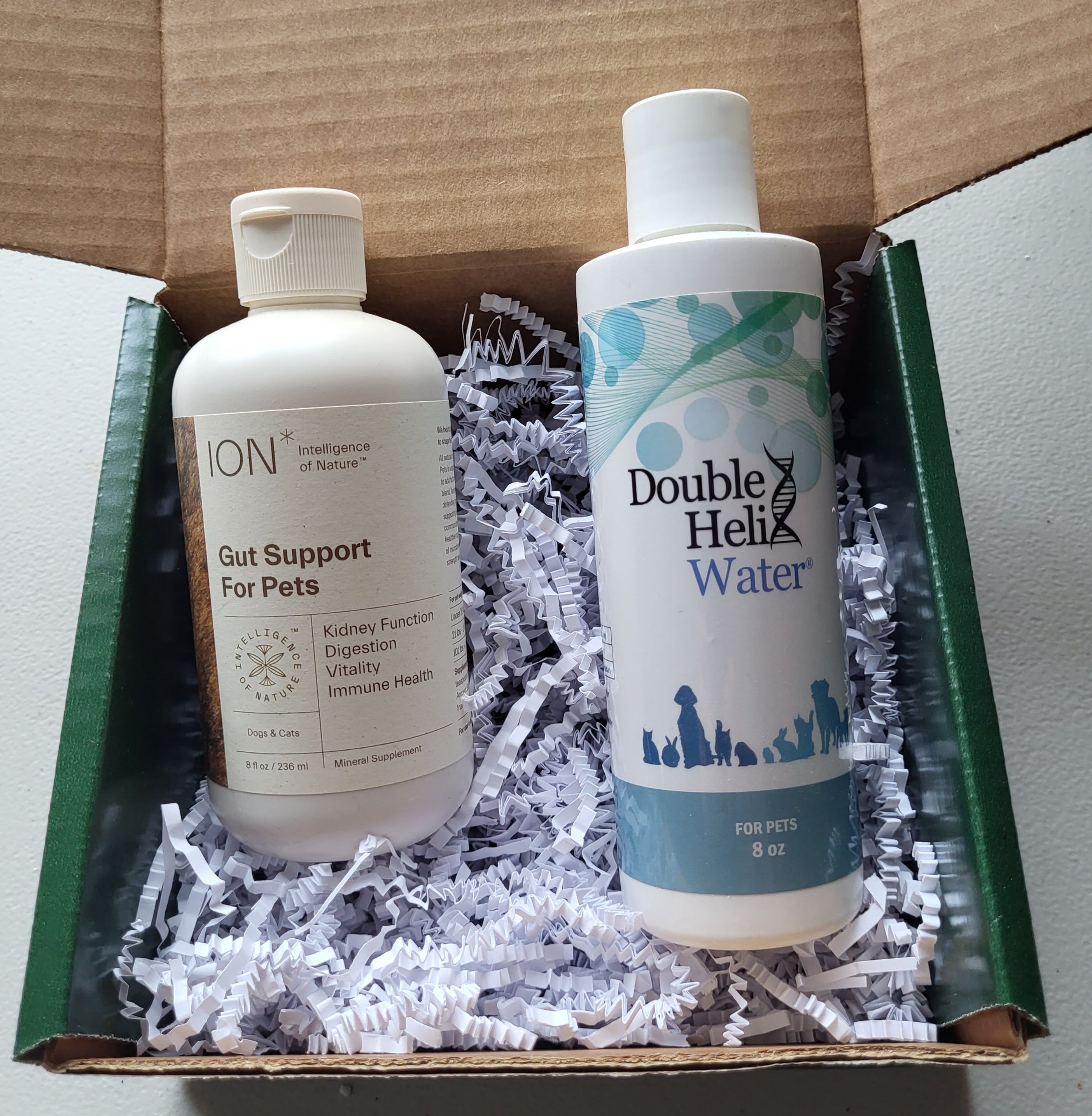
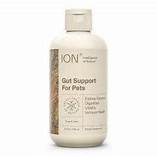
Leave a comment
This site is protected by hCaptcha and the hCaptcha Privacy Policy and Terms of Service apply.